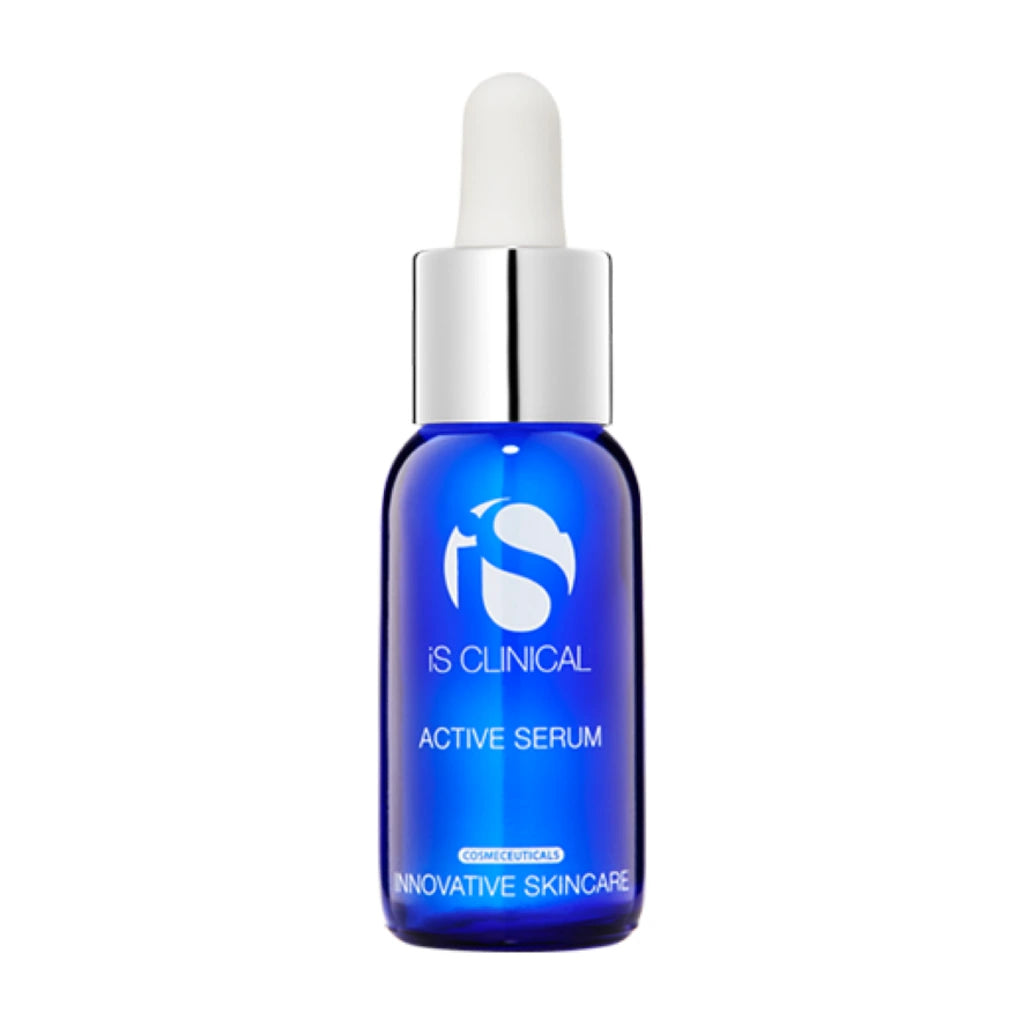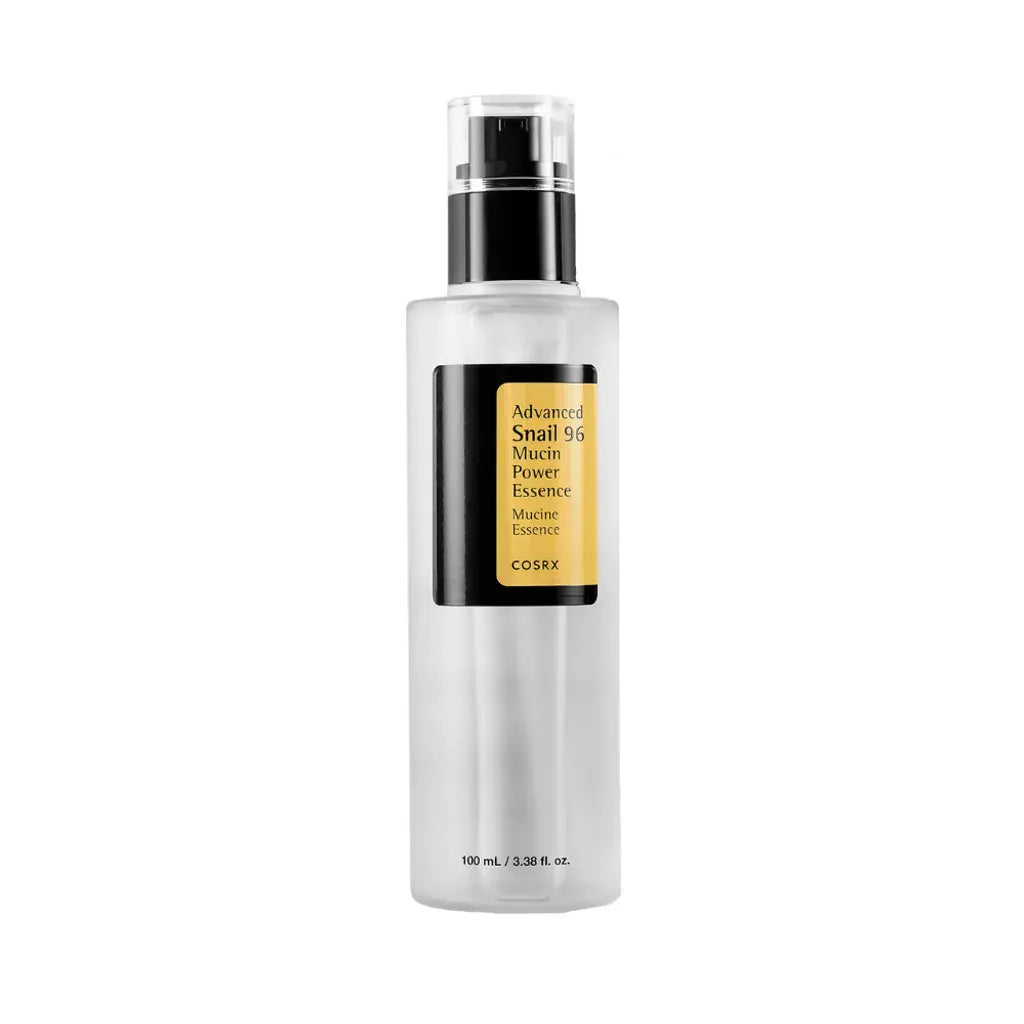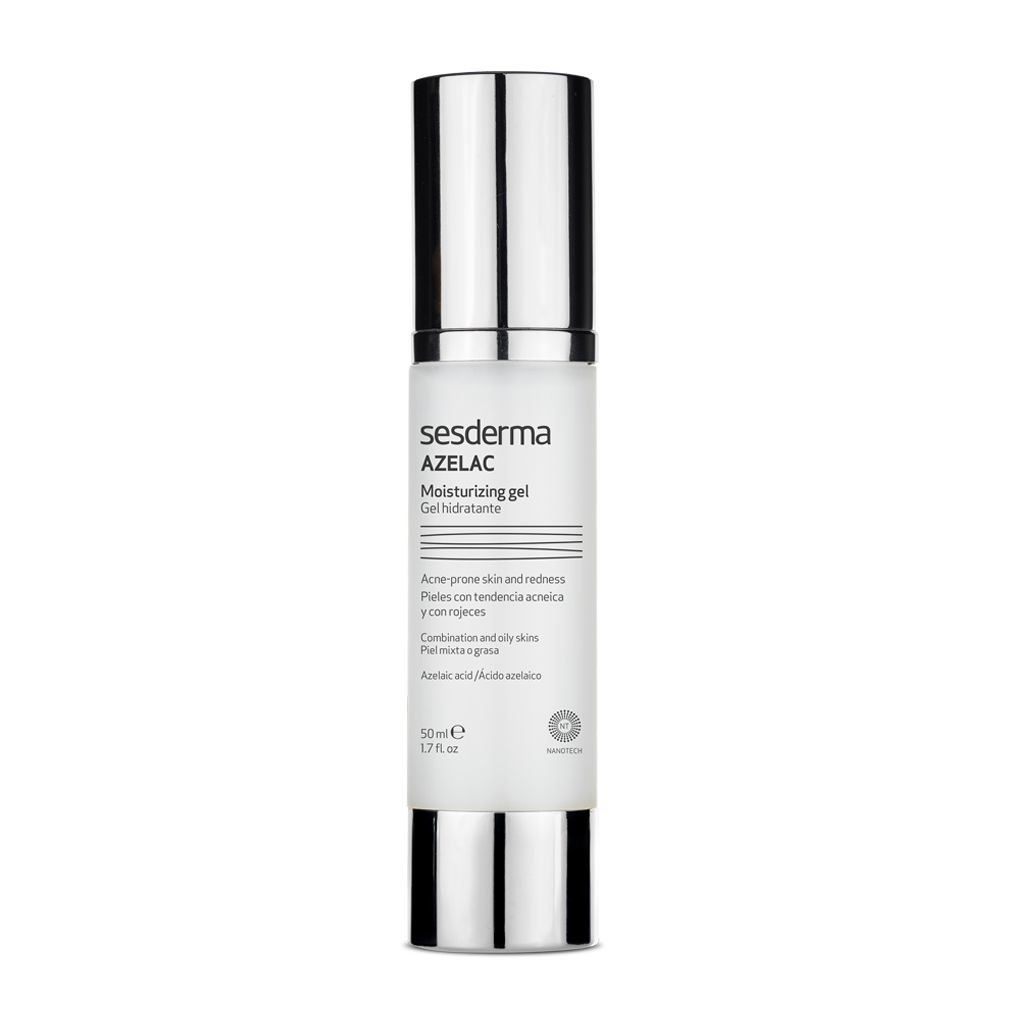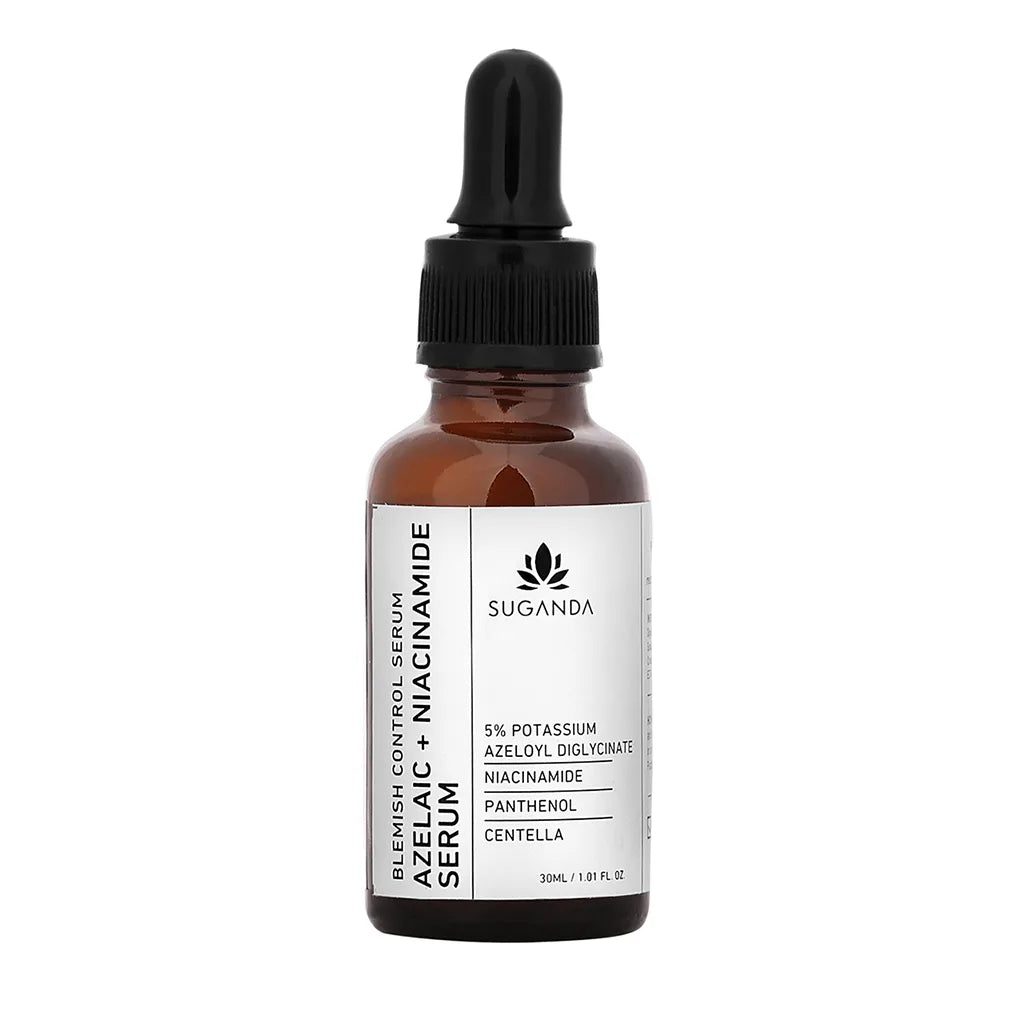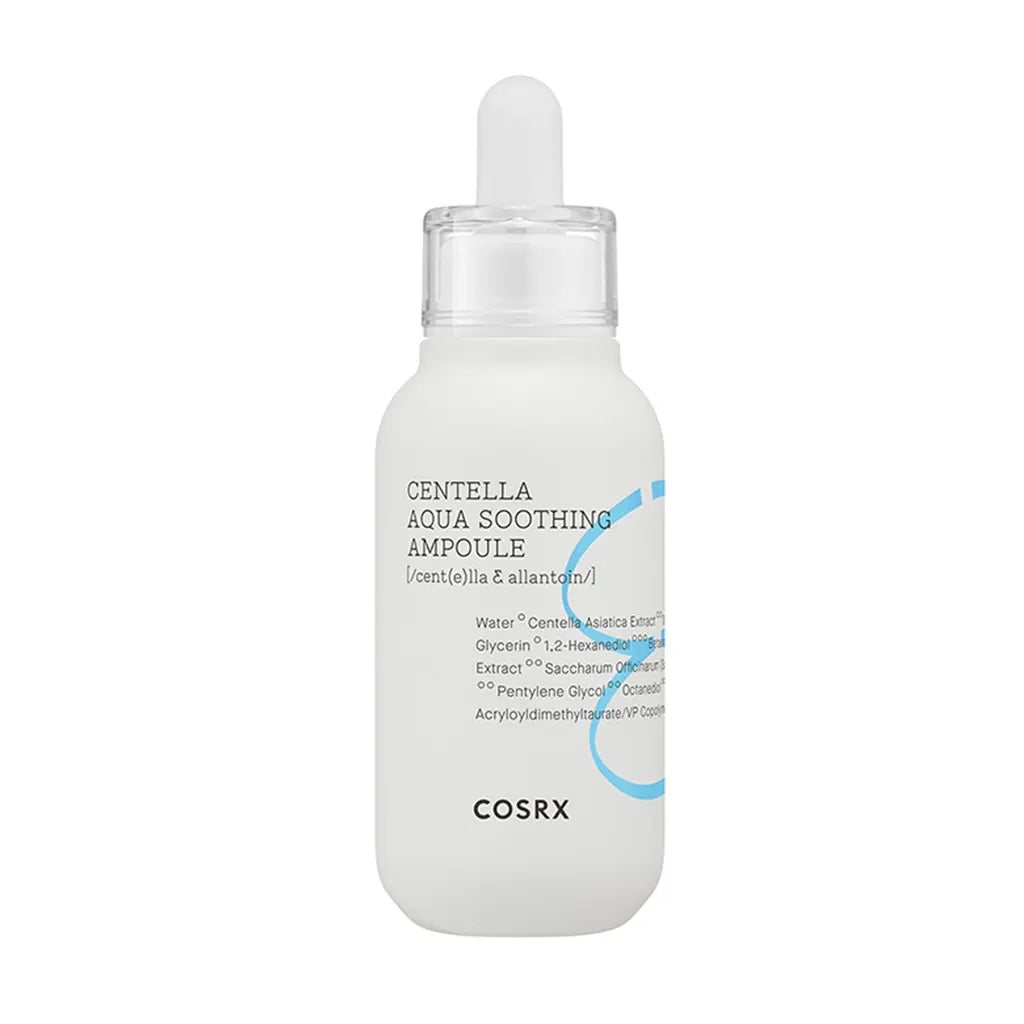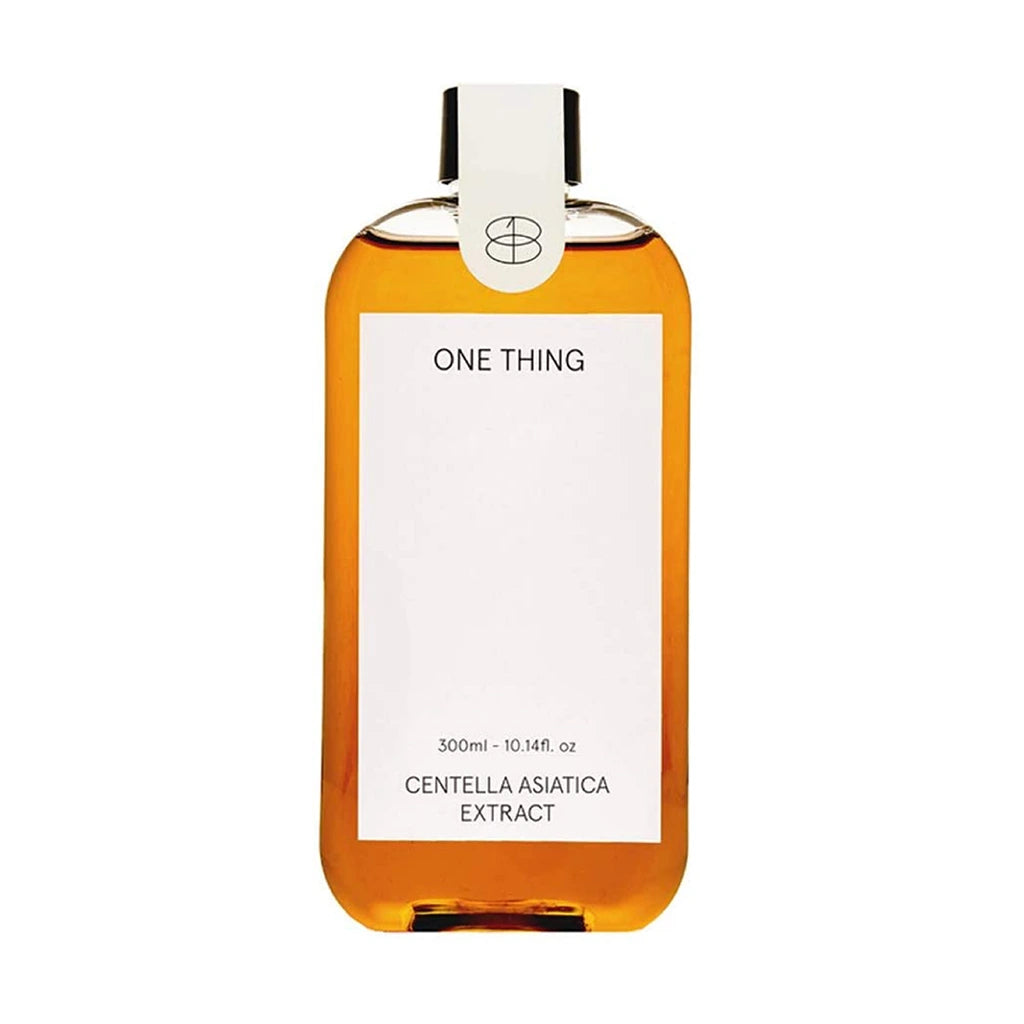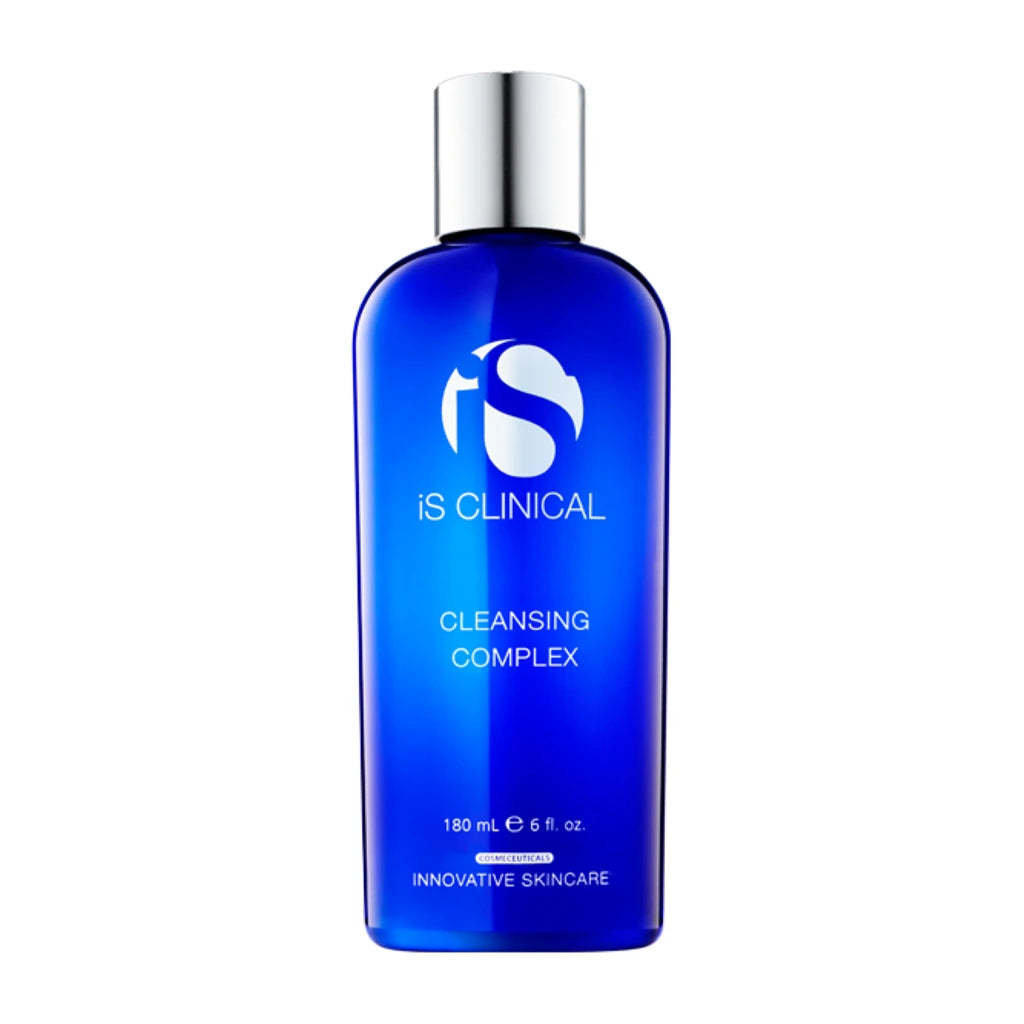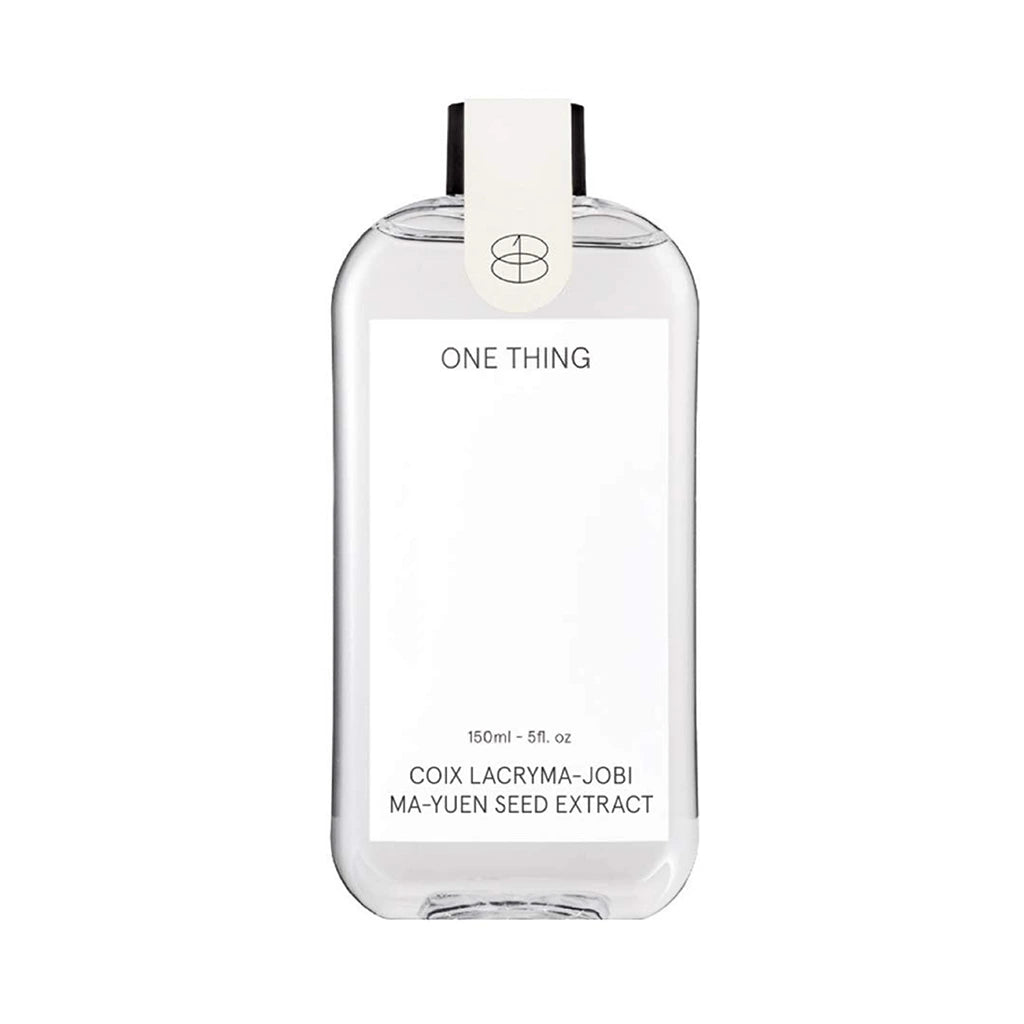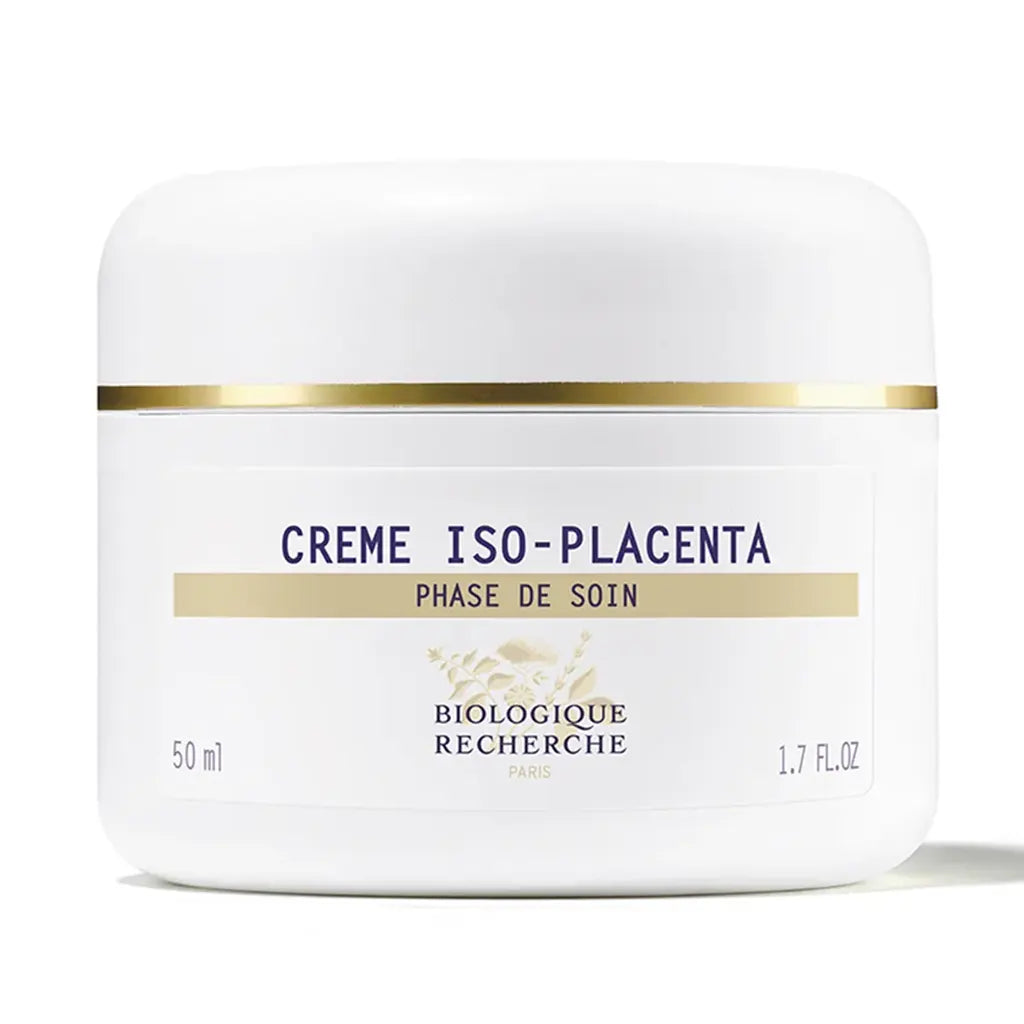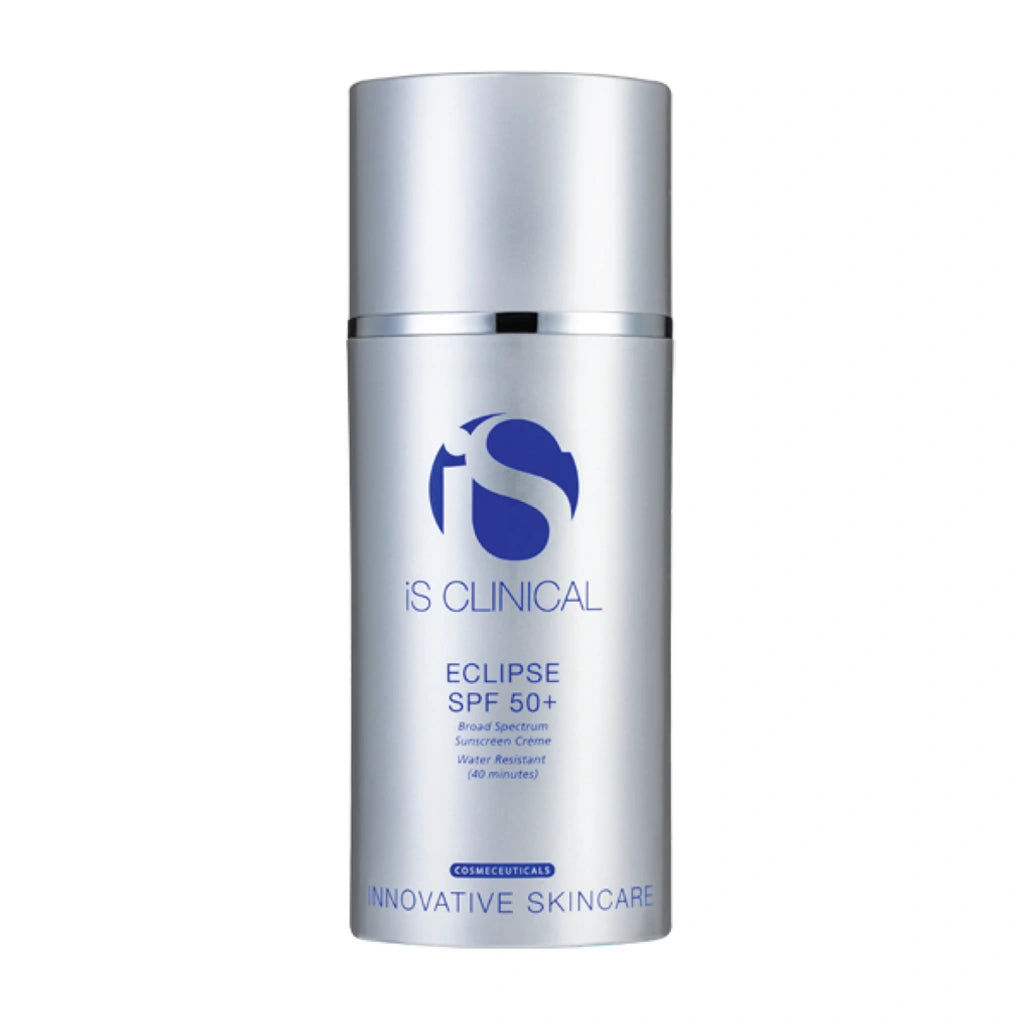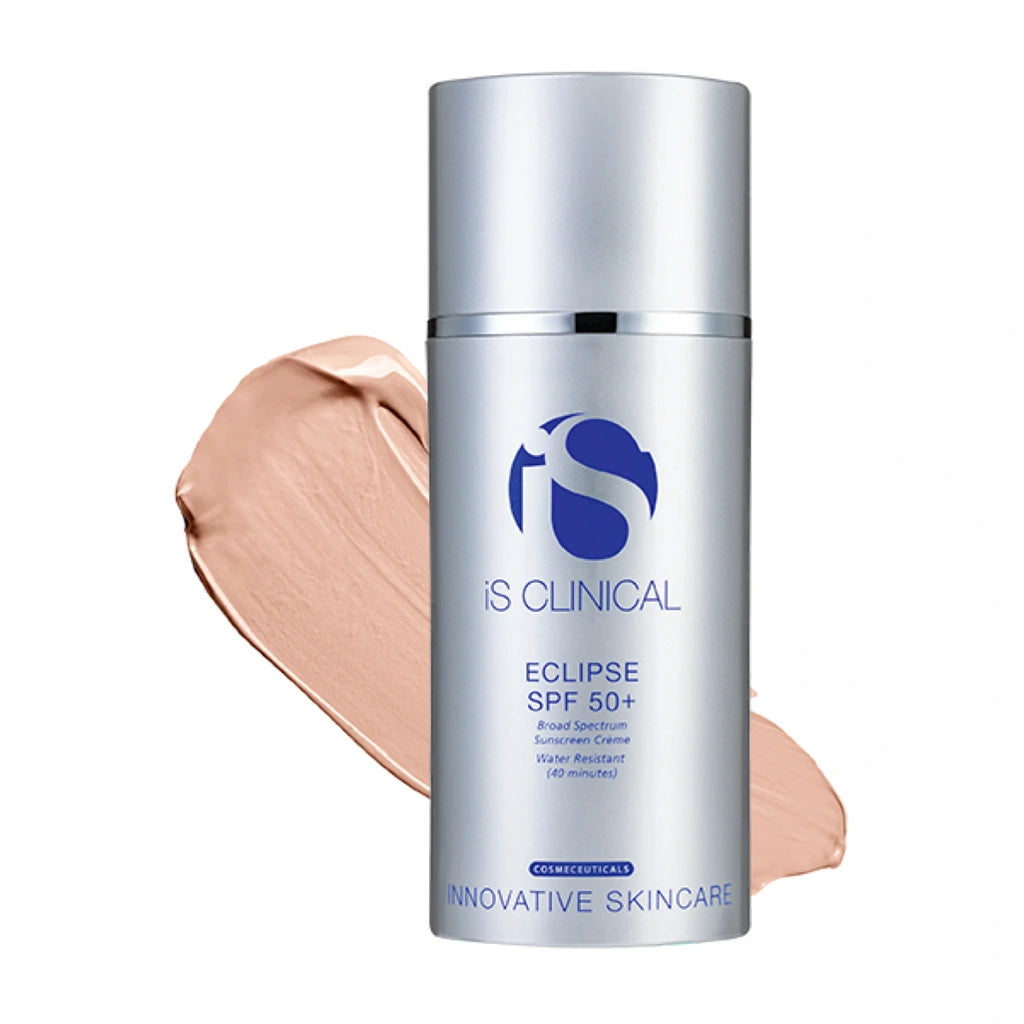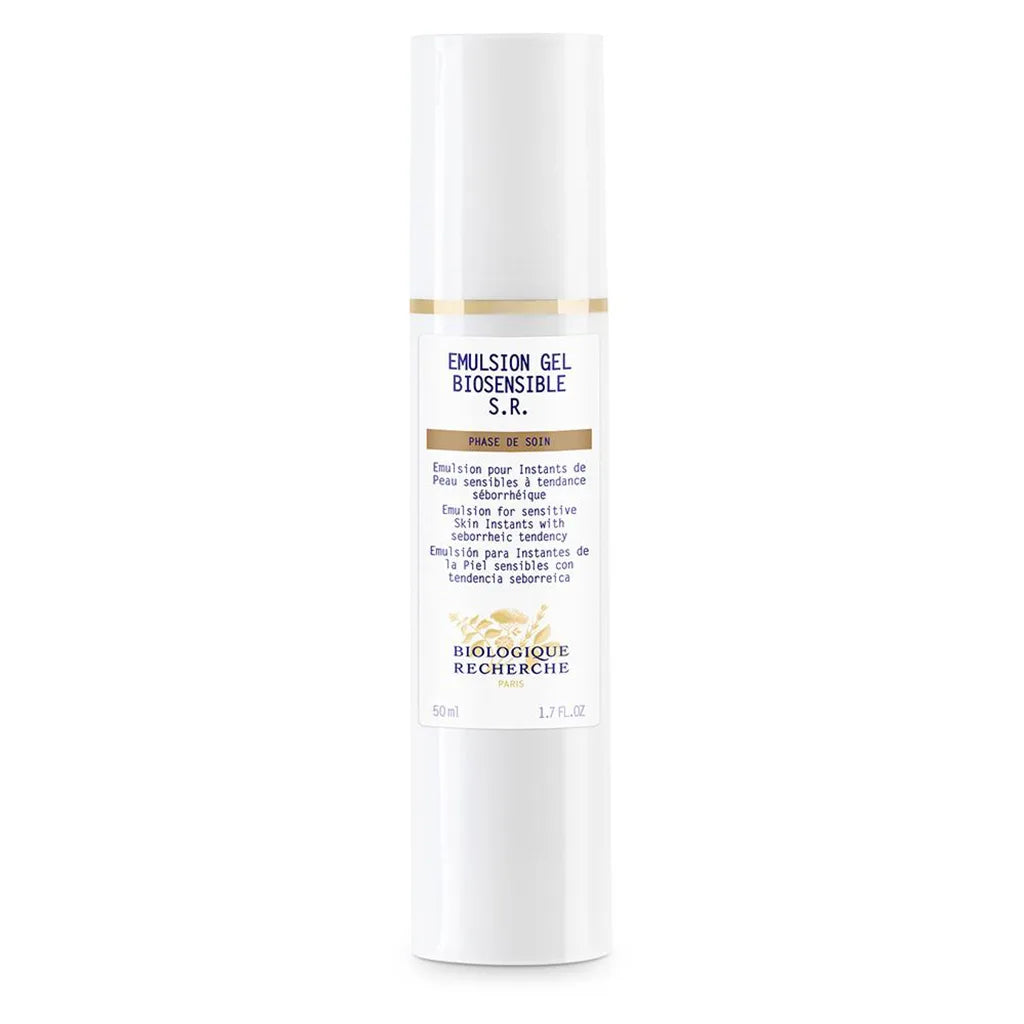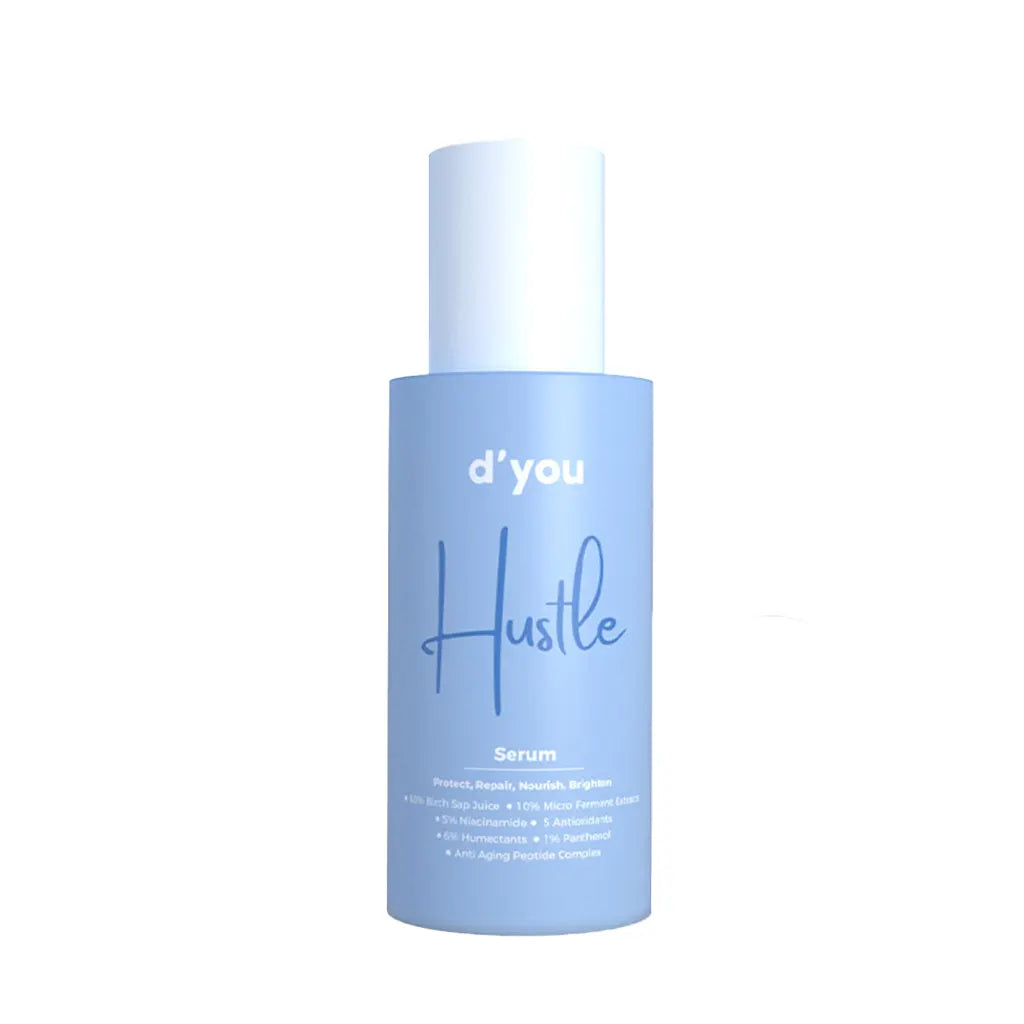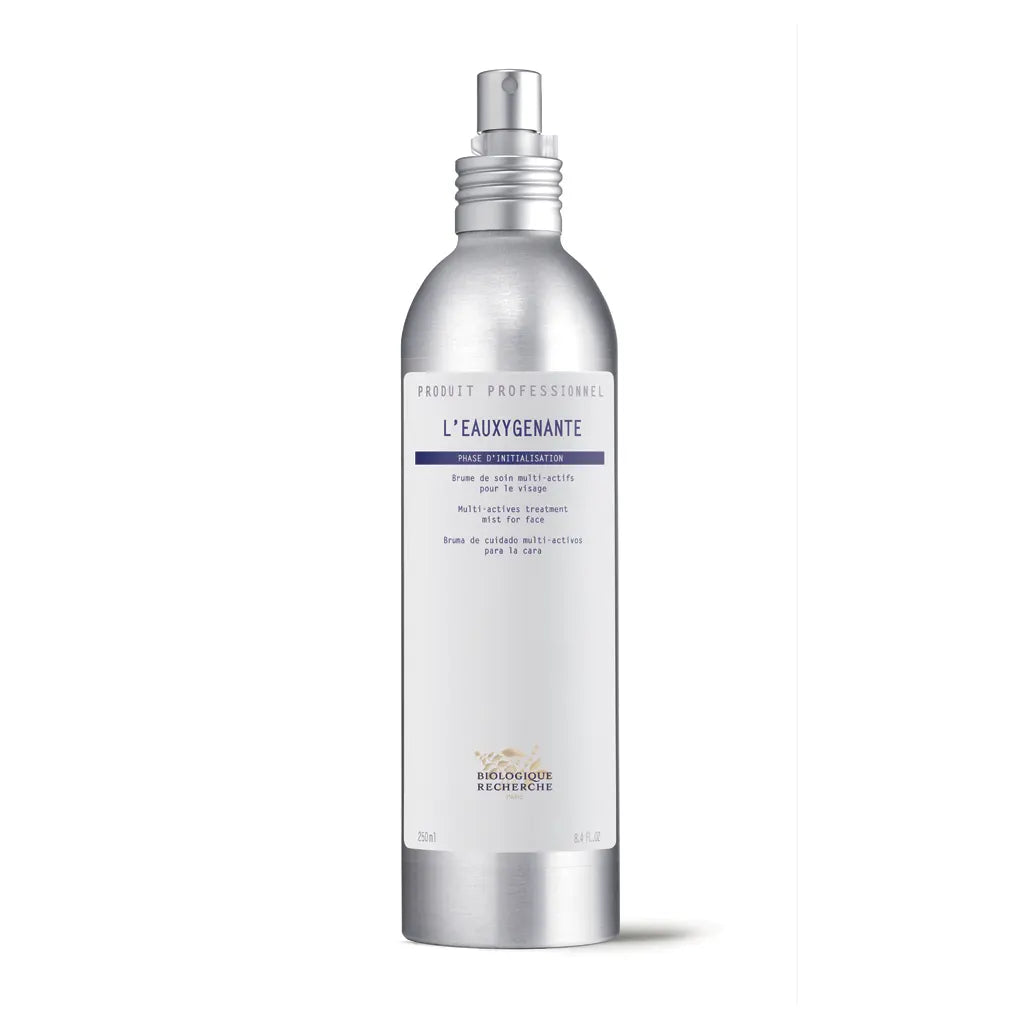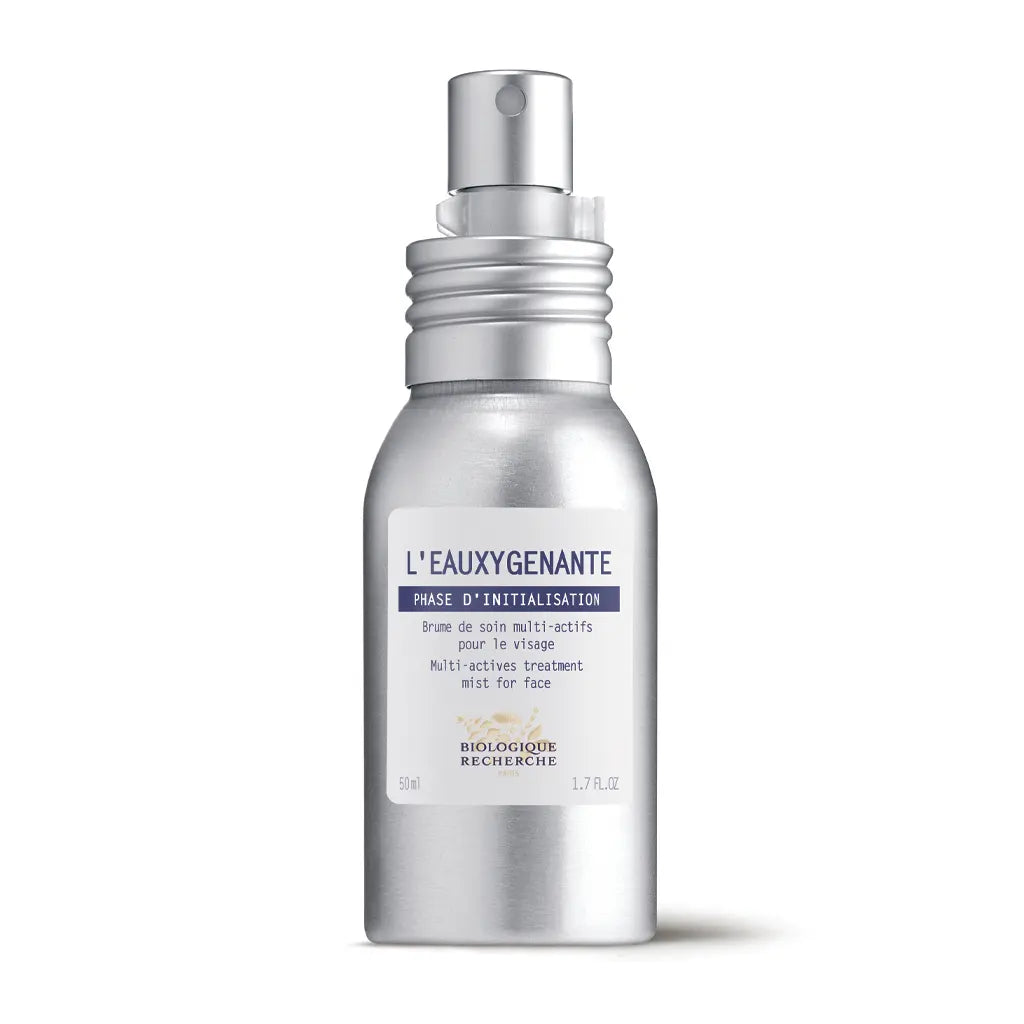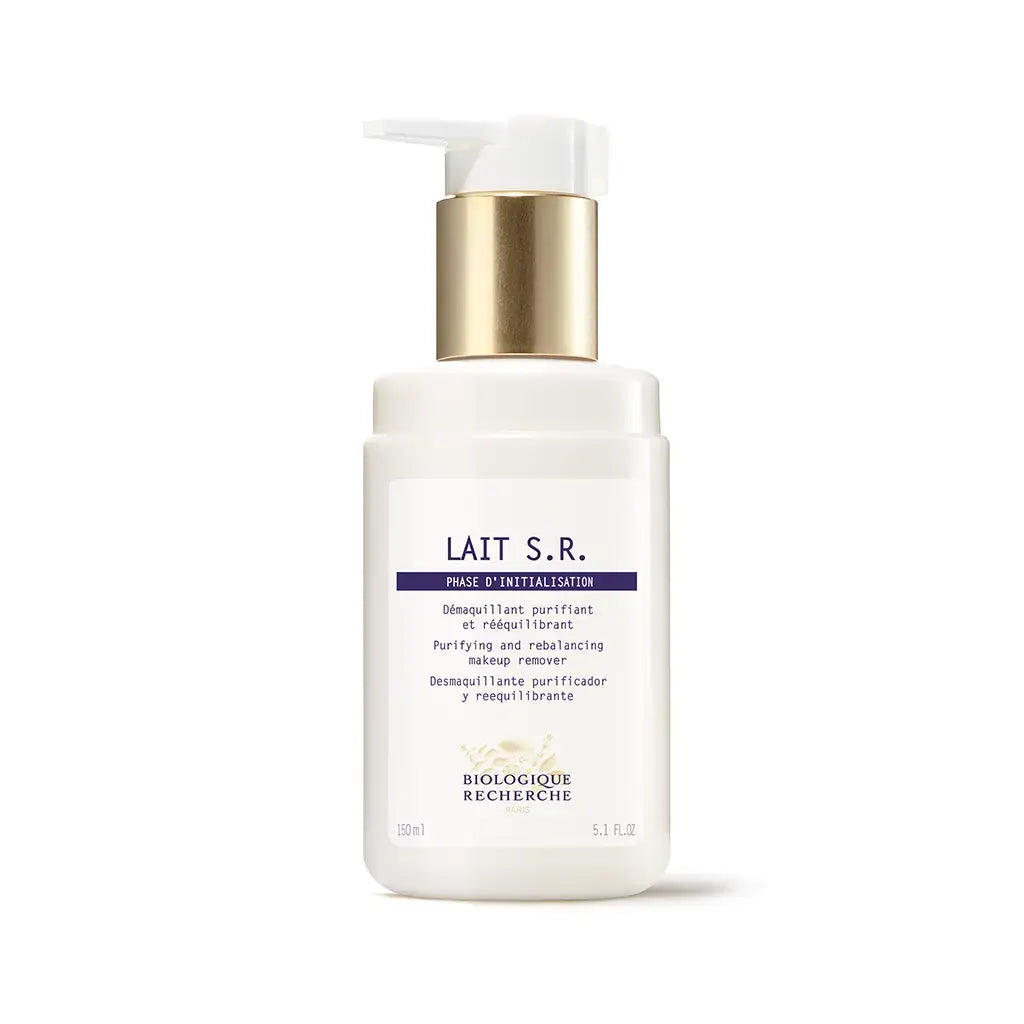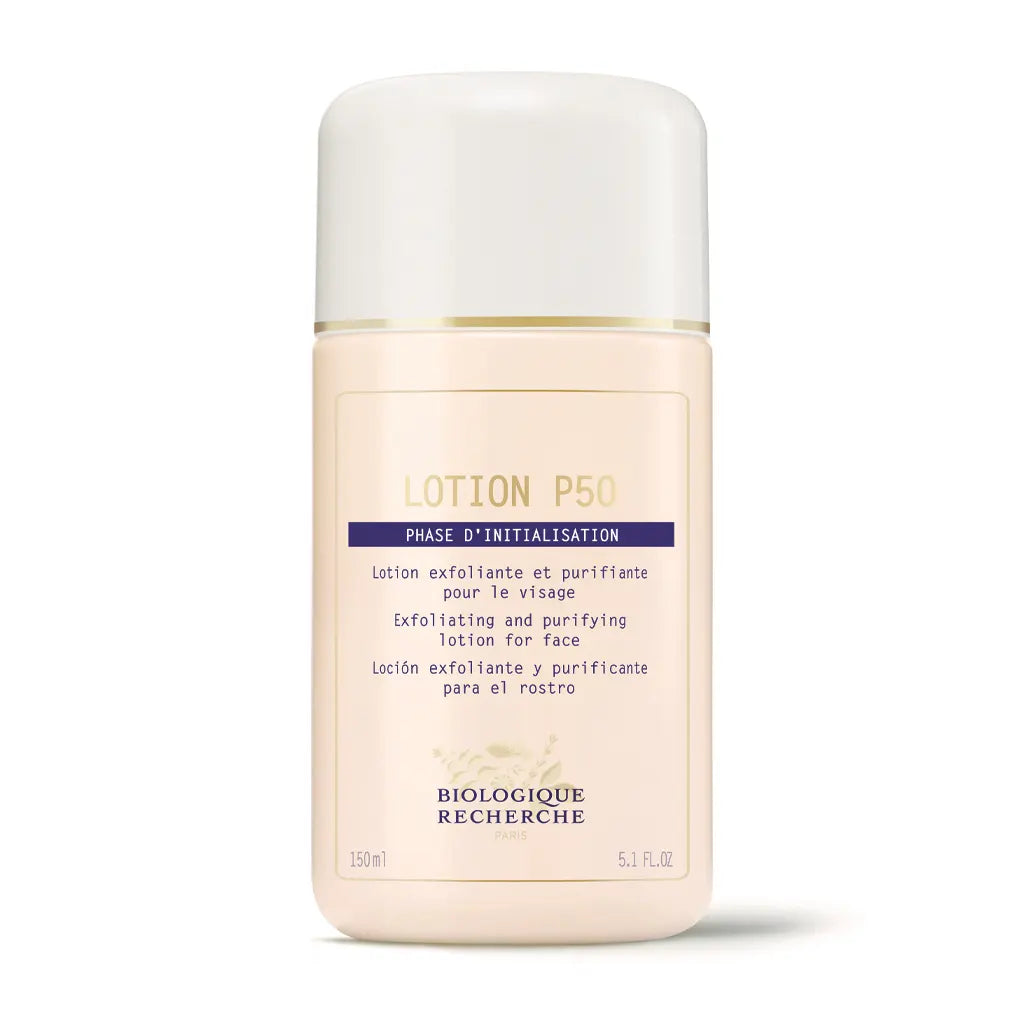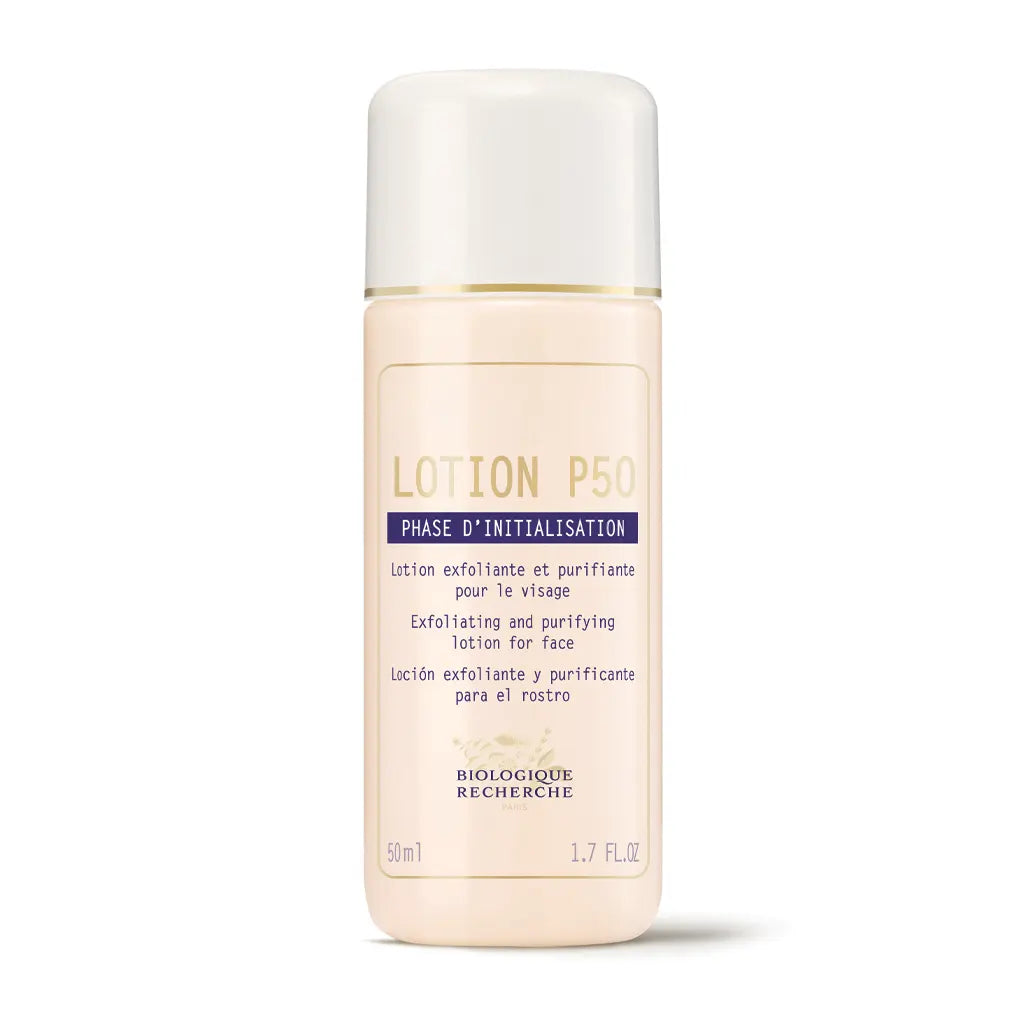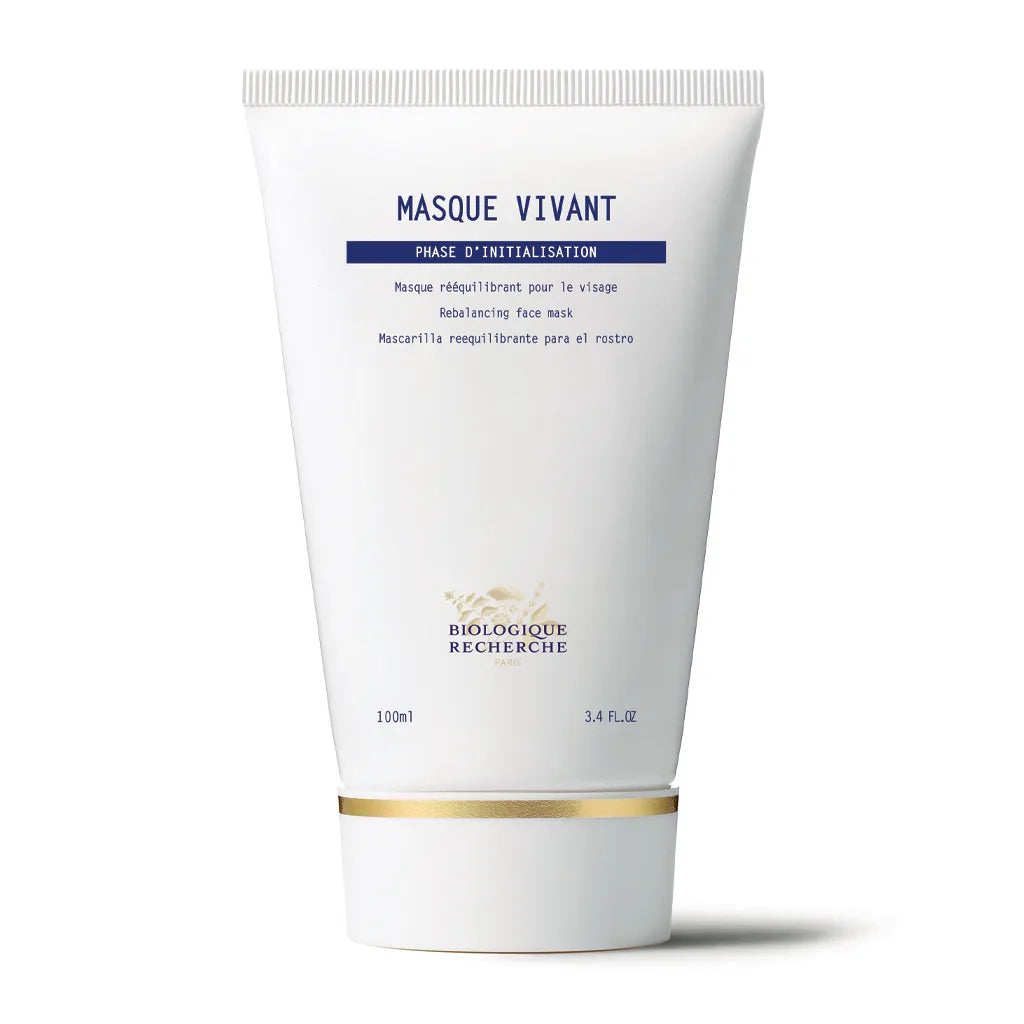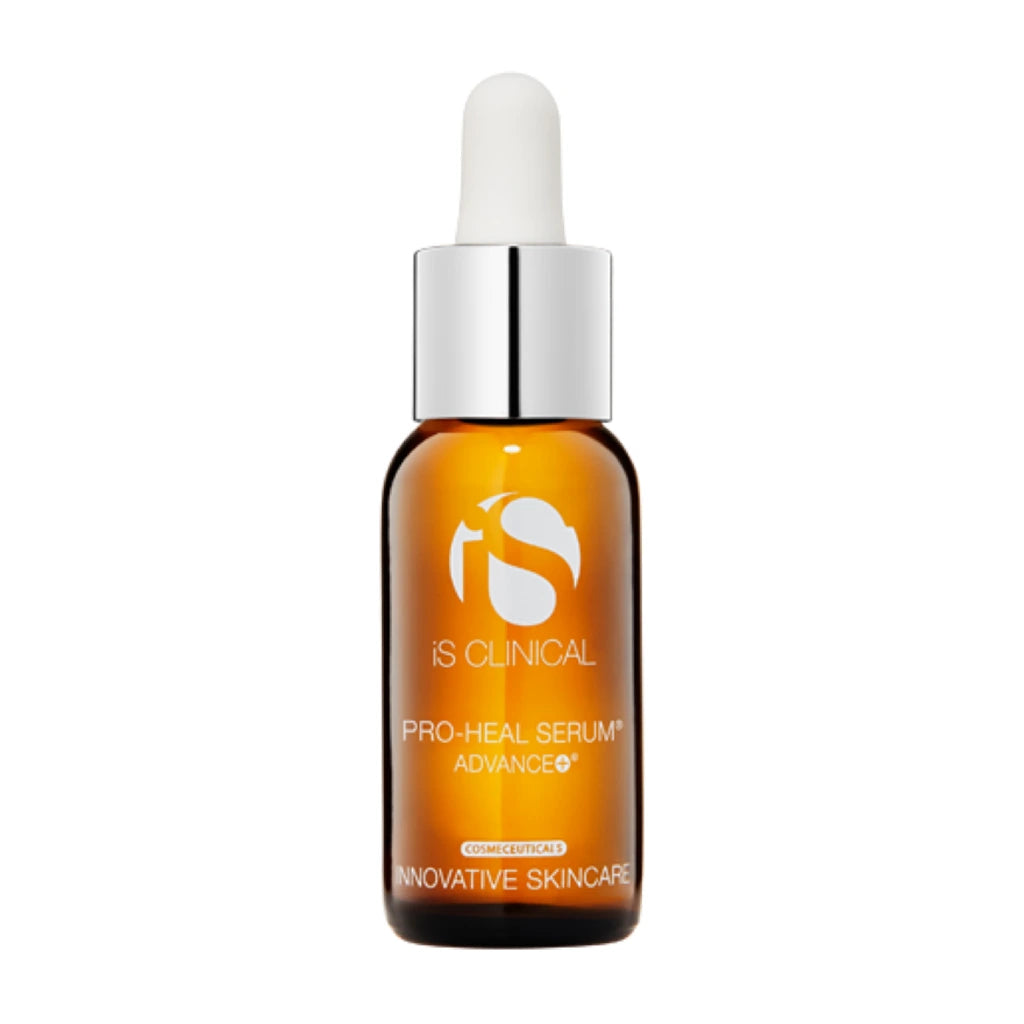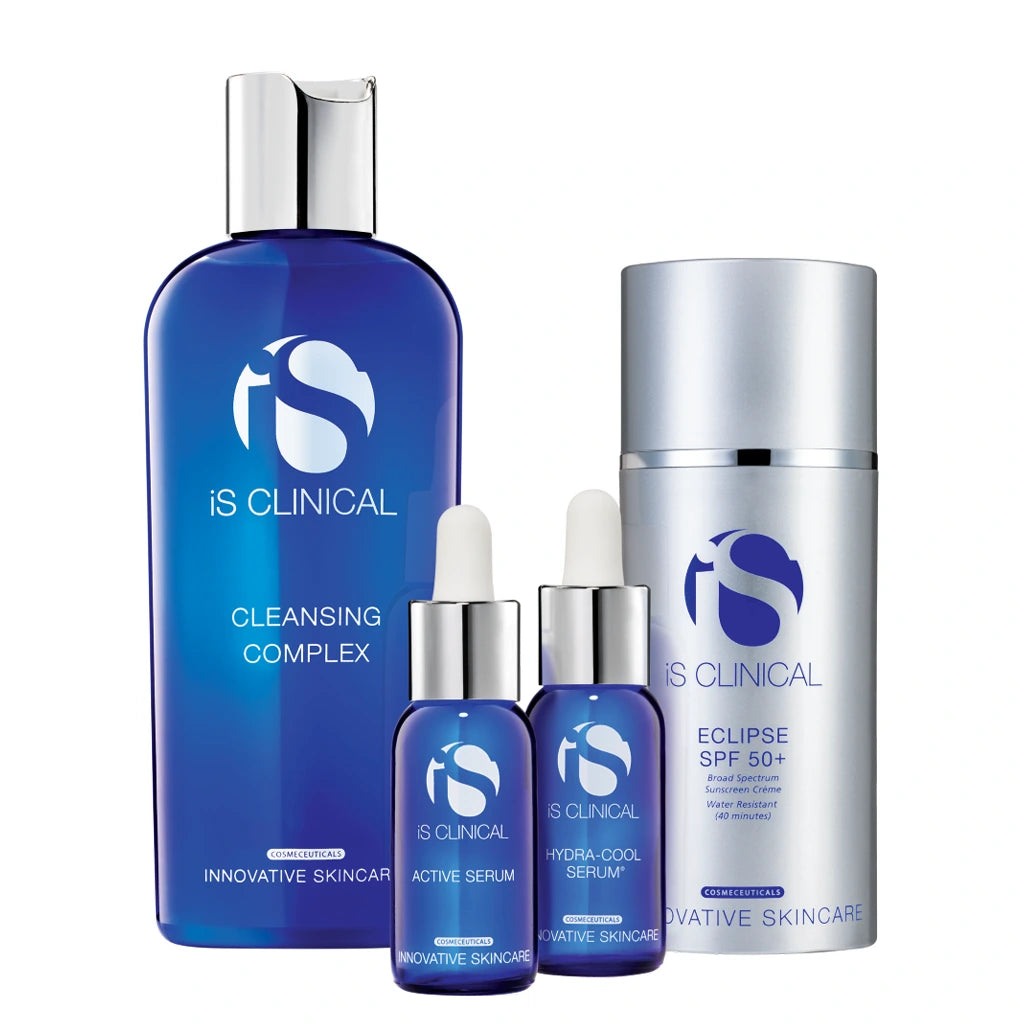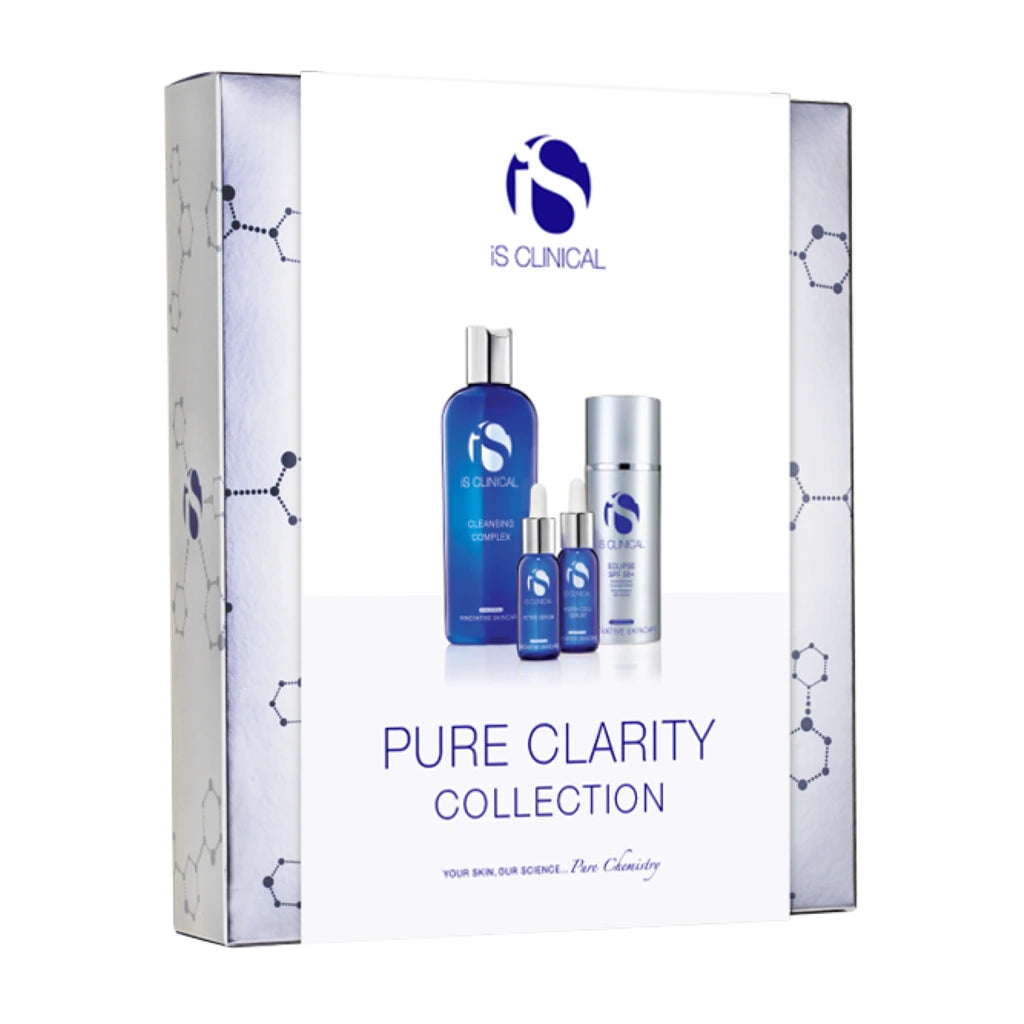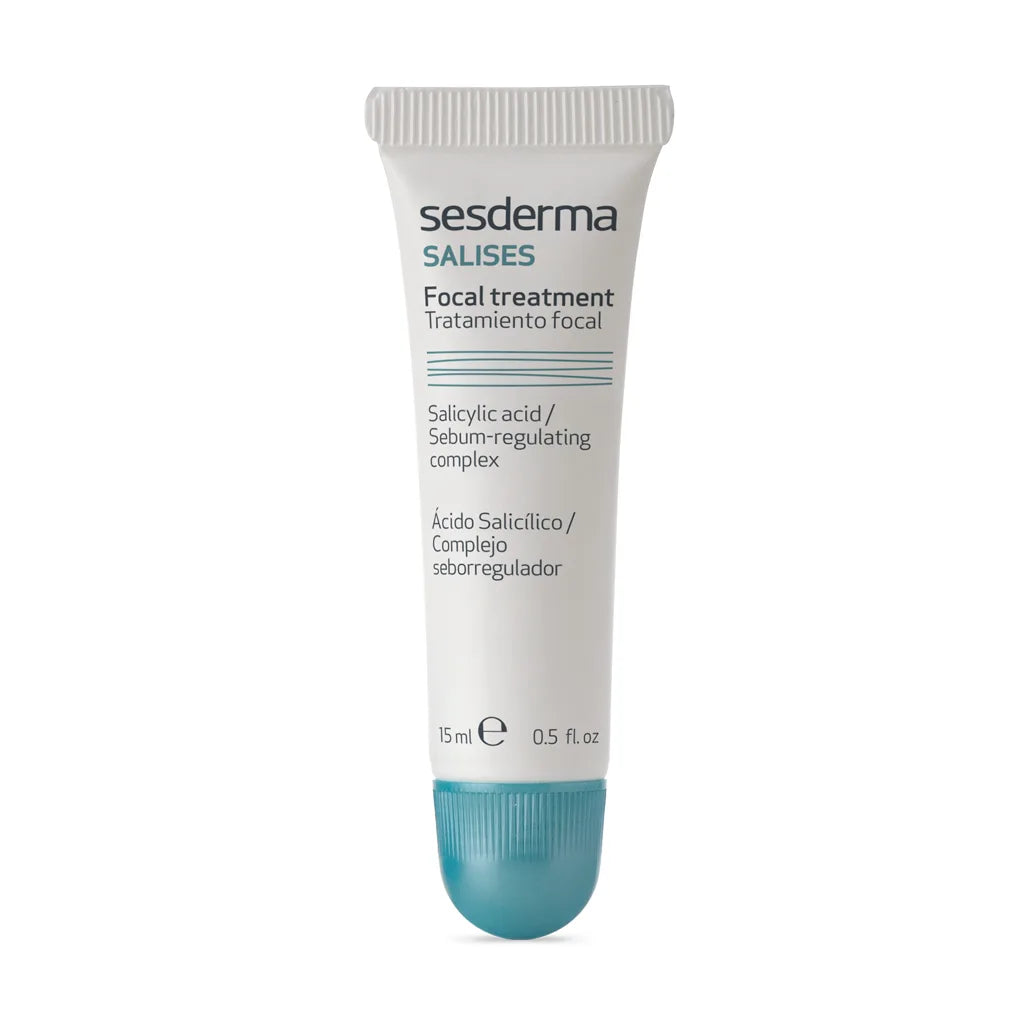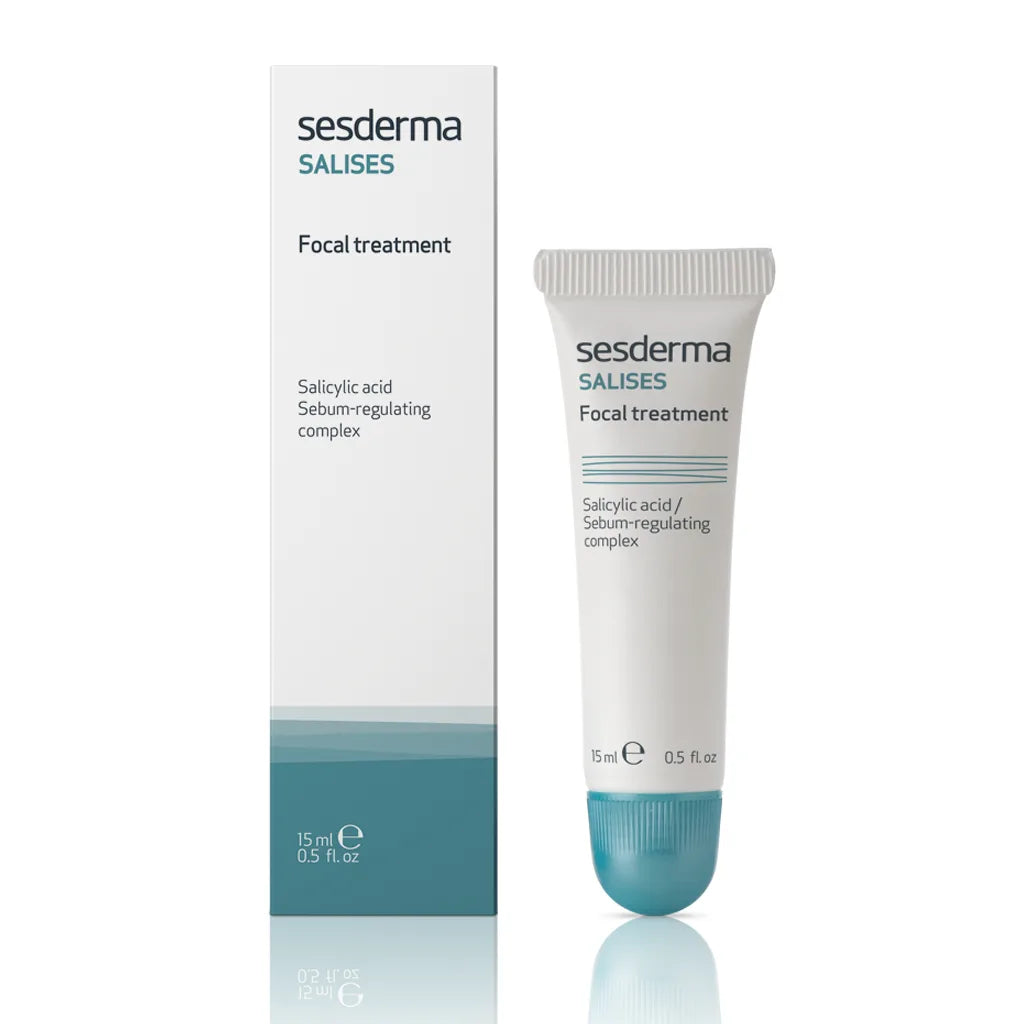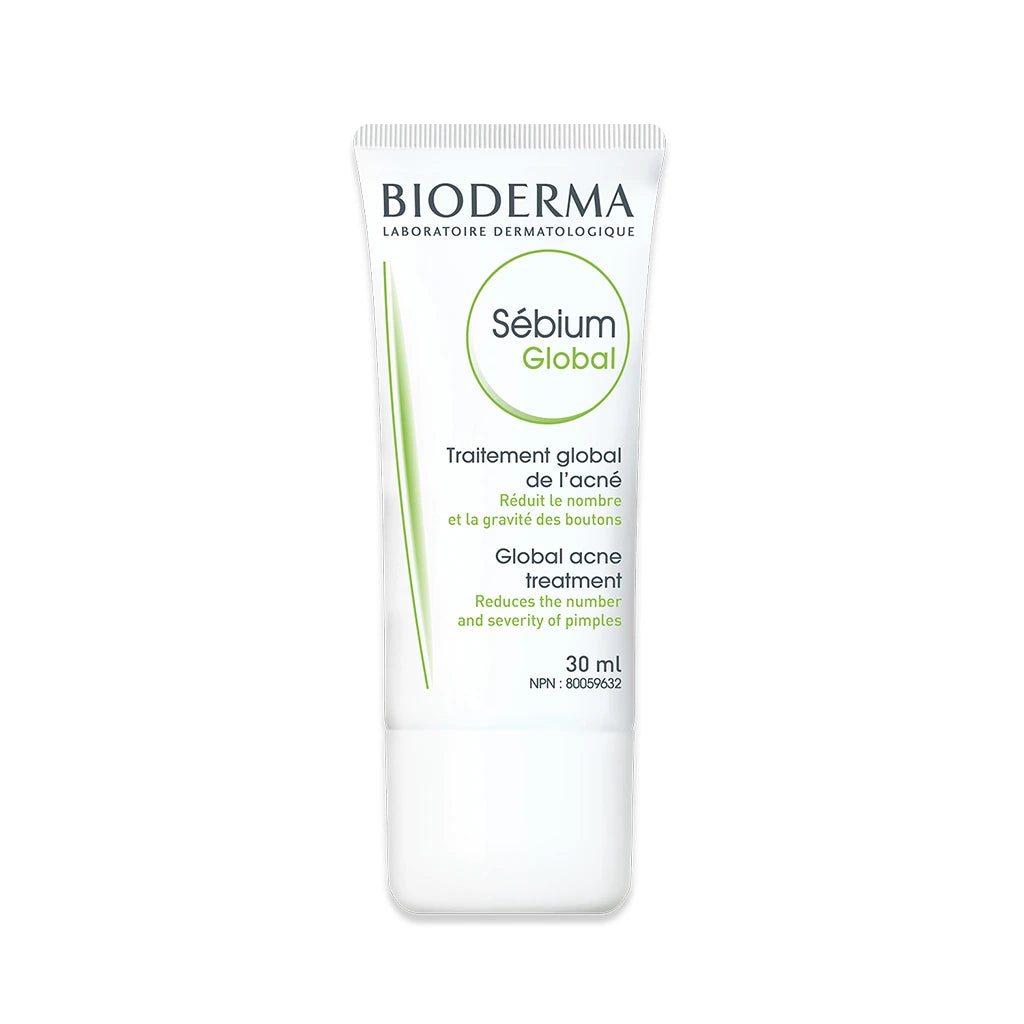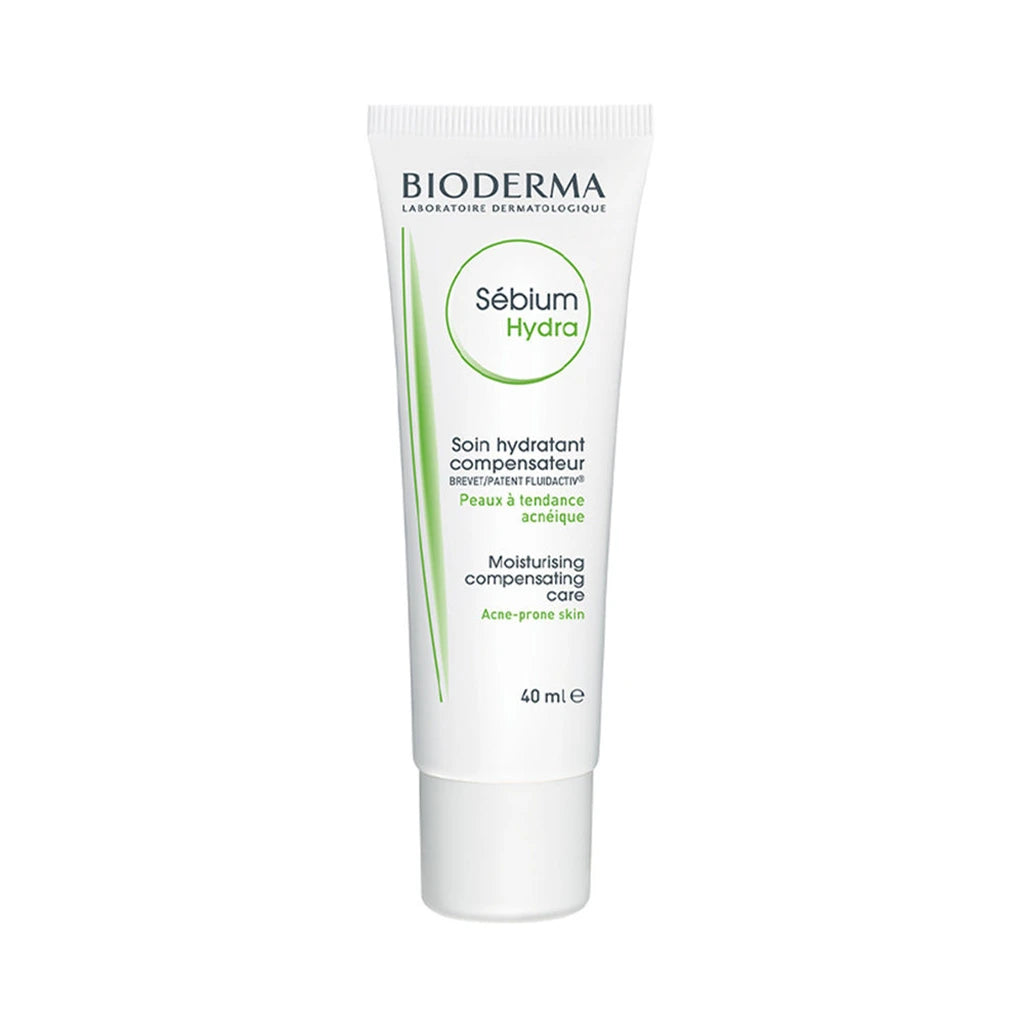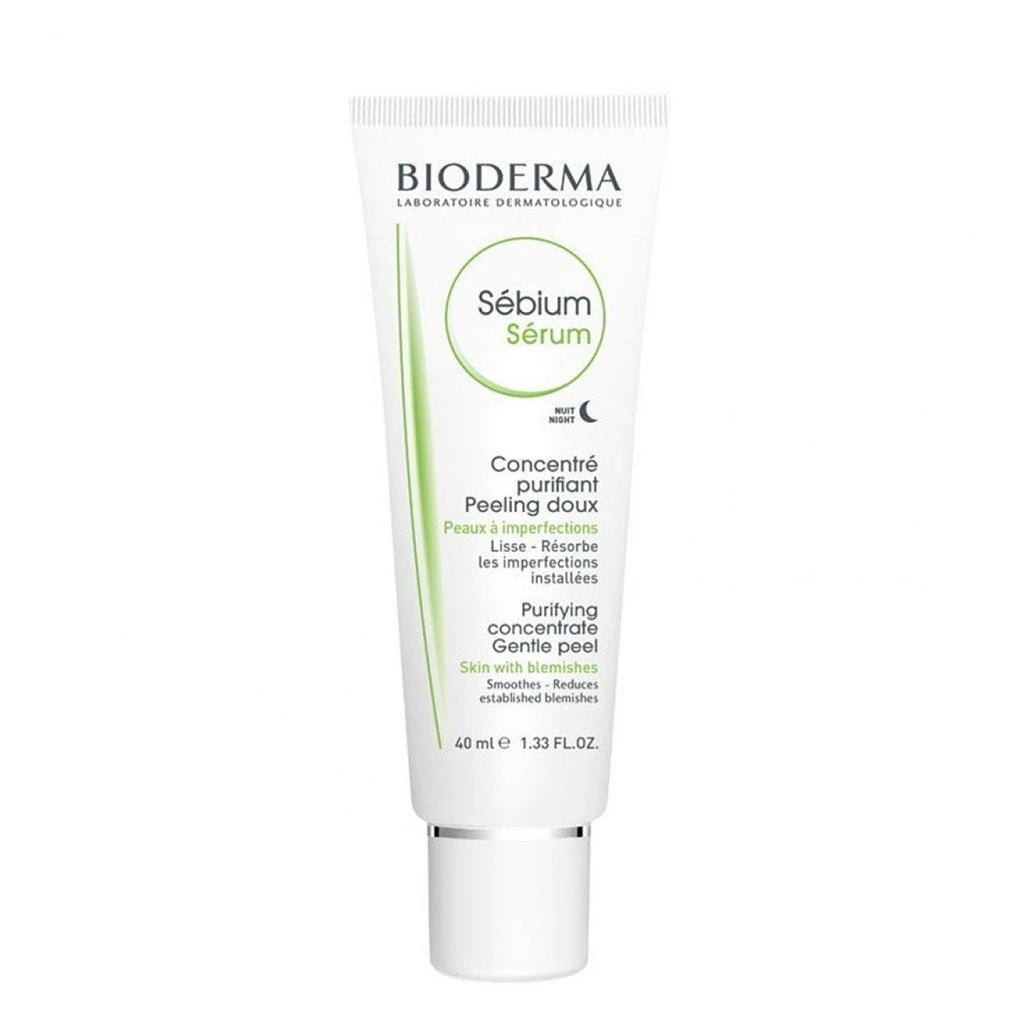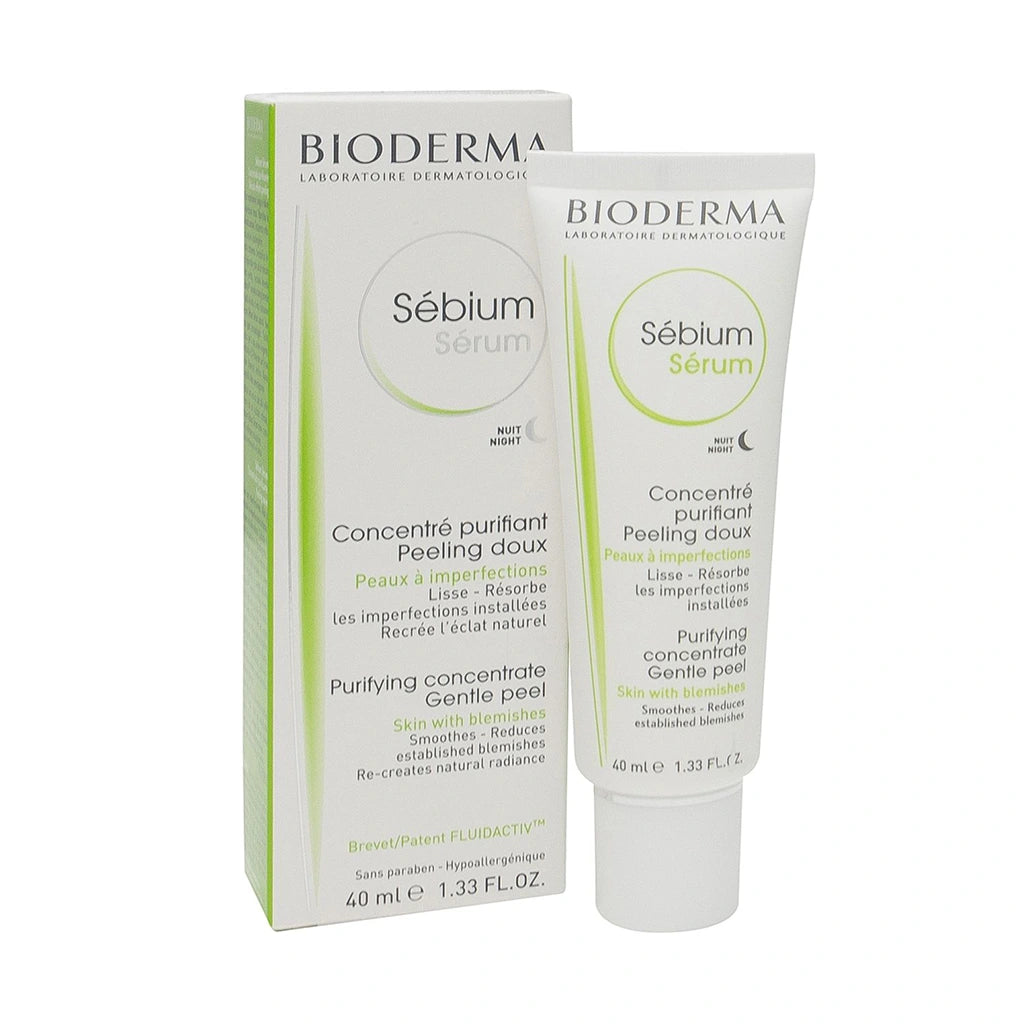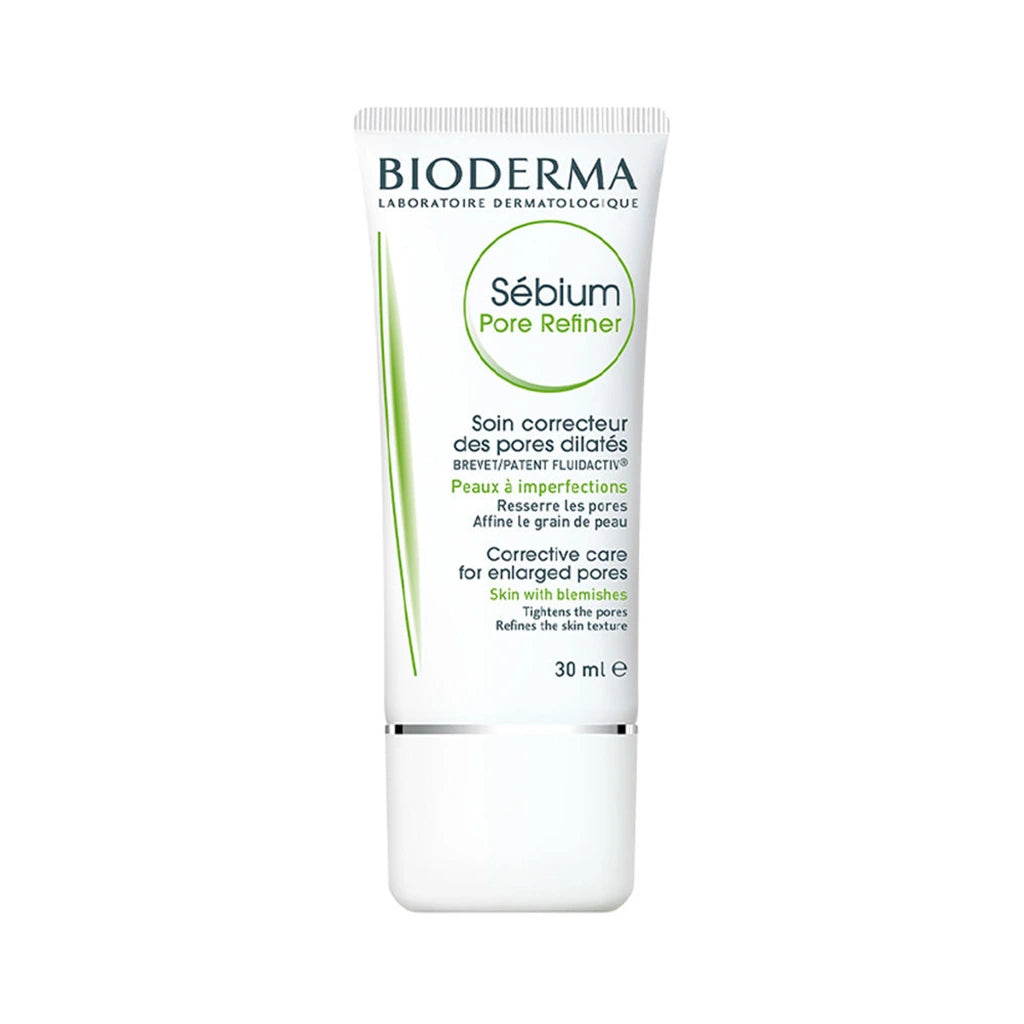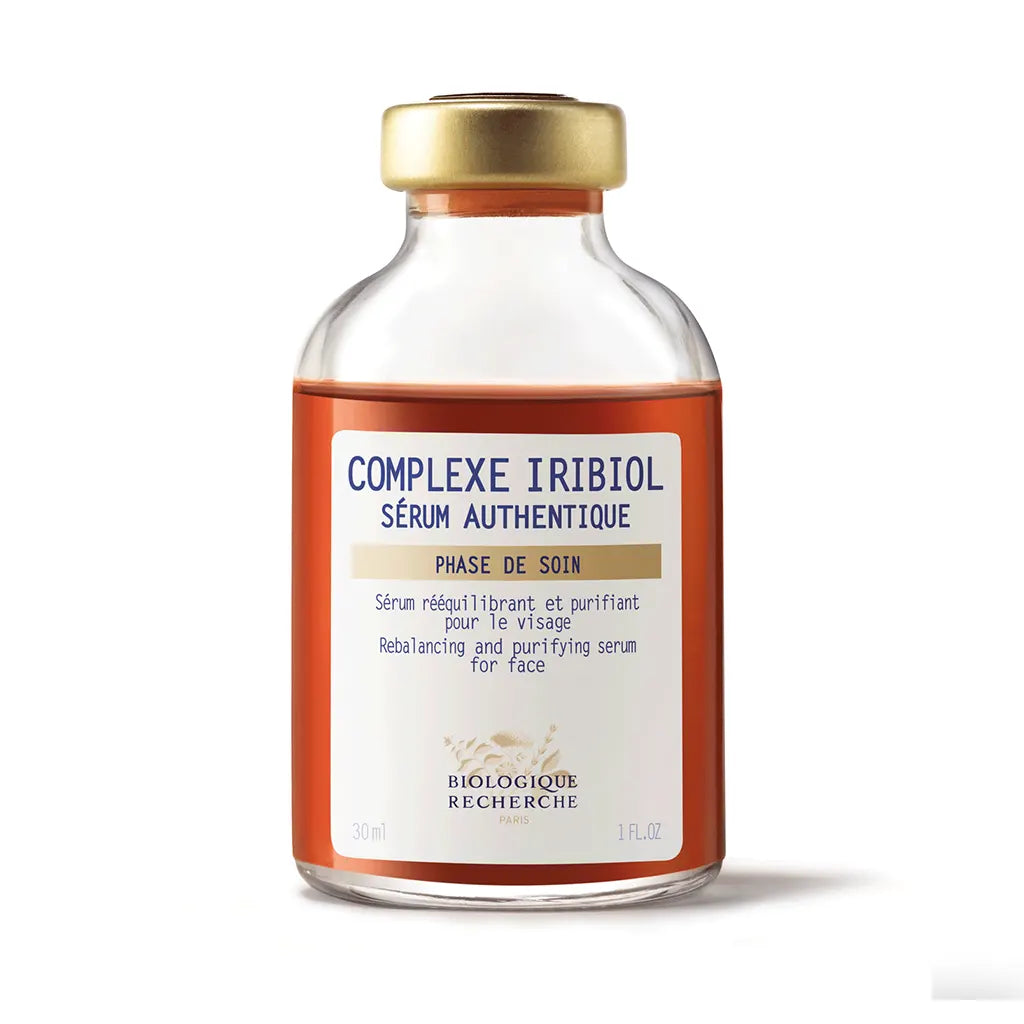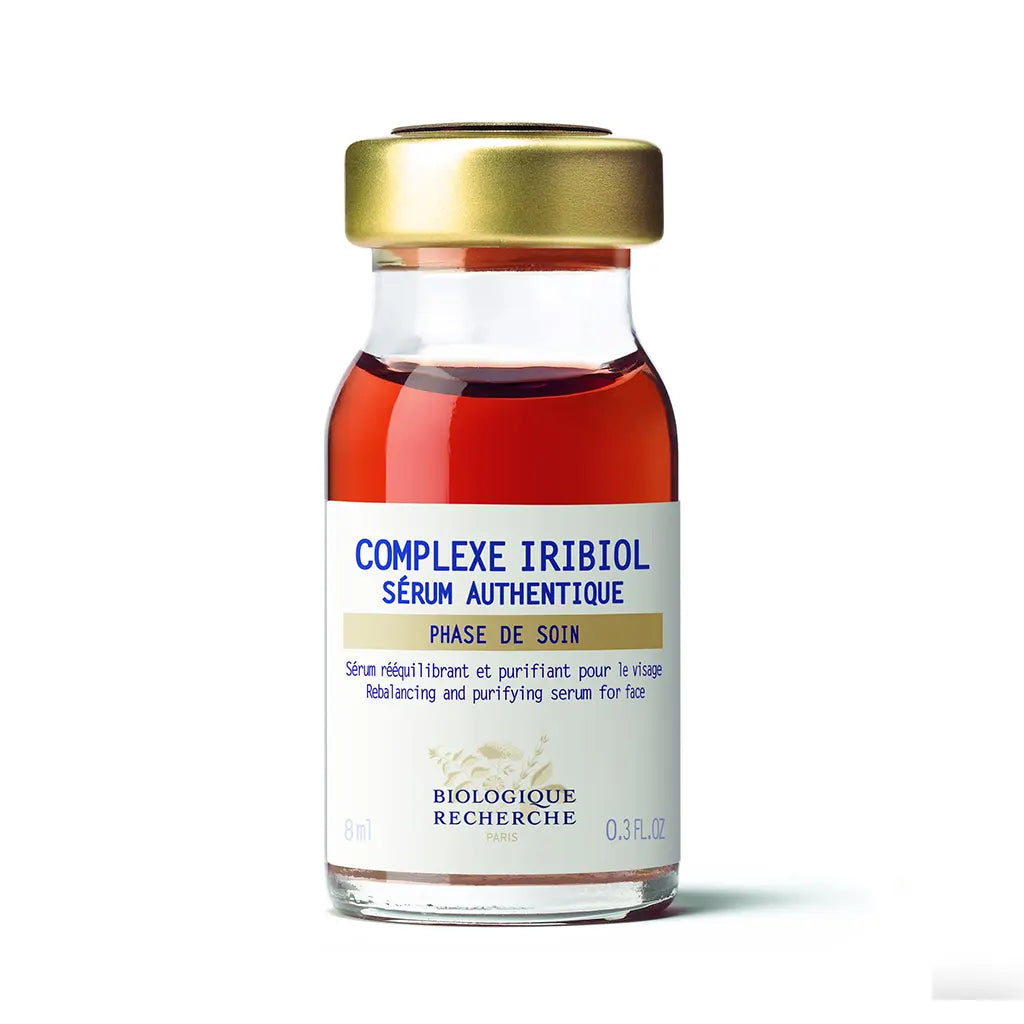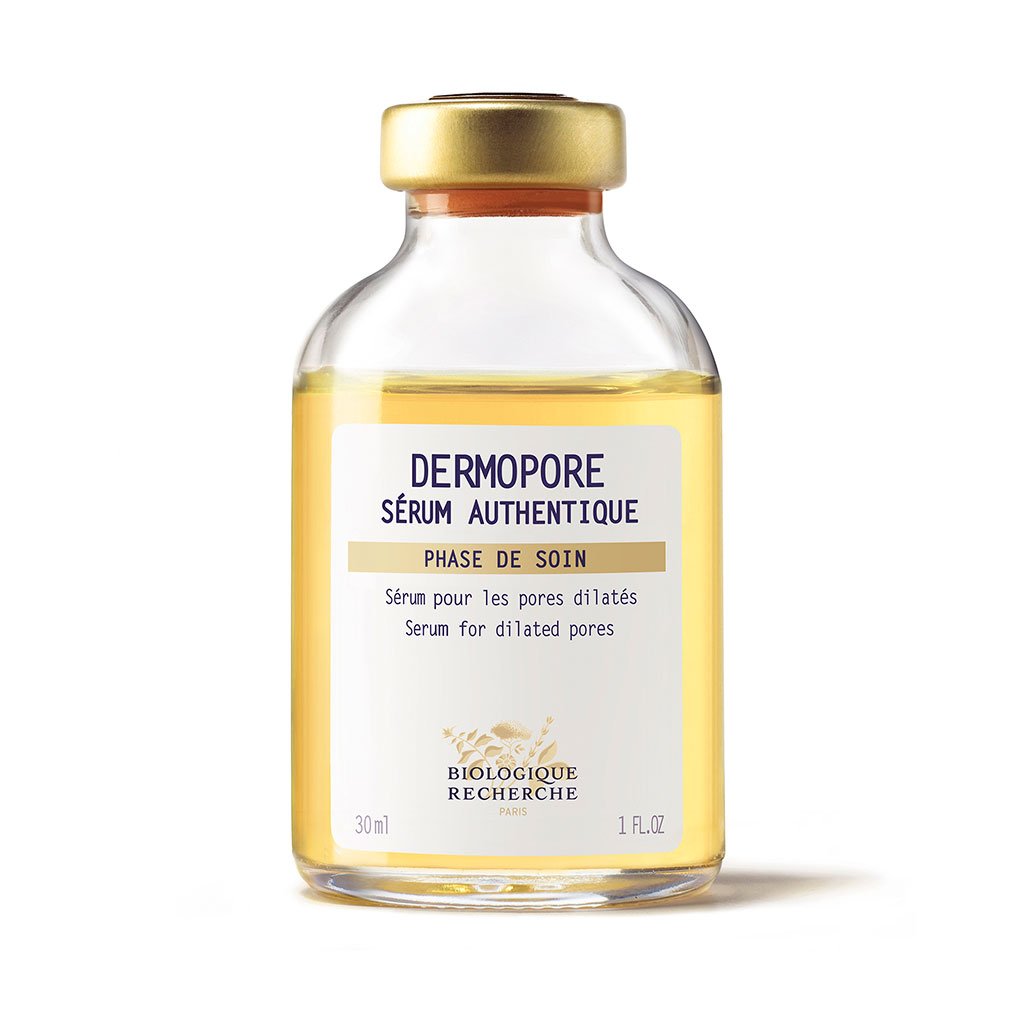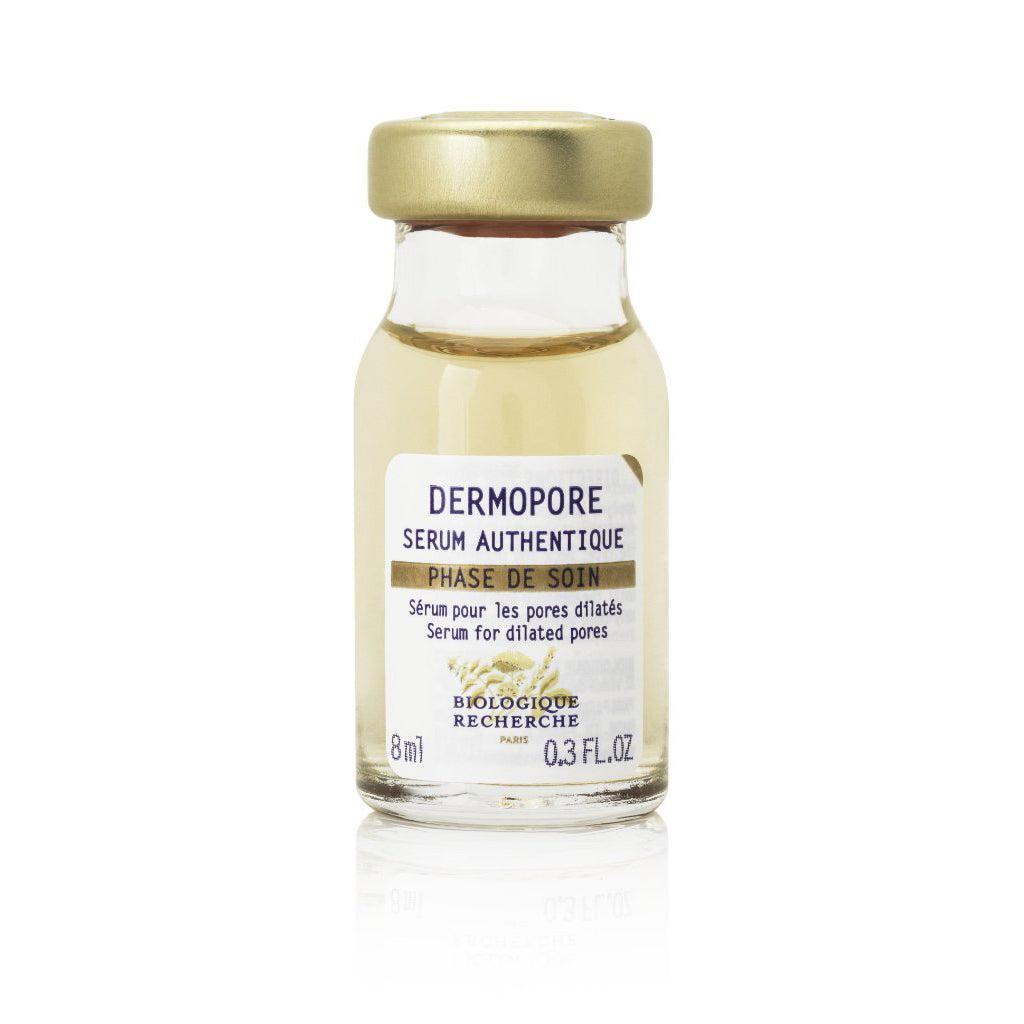Adulting with Acne
Written By Dr. Drashti Patel, MBBS DPD
Image Source Bharati Kher
When you think of adulthood, you usually think about careers, taxes, bills, grocery lists, what to make for dinner, reunions, but acne is not the word that comes to mind. Dealing with stubborn breakouts is common during your adolescence years but it isn’t unheard of to have another onset of acne as an adult. Acne Tarda as we call it. What was that about life not being fair?
READ TIME: 8-10 minutes
Acne Vulgaris appears in many undesirable guises such as closed comedones, open comedones, papules, pustules, nodules, cysts, you name it. What we generally refer to as whiteheads, blackheads, pimples. And this is most commonly seen in your teenage years. As doctors we often reassure you that you will grow out of it as soon as you hit your early 20’s as that is when your hormones will stabilize. Acne Tarda or adult acne is the unfortunate appearance of acne that develops later in life or is persistent after 25 years of age. This can even happen in your 50’s. Studies have shown that if you’ve had any previous history of acne as a teenager, or been on long term oral treatments, relapses are common. There is no one magical treatment for acne because everyone’s skin, origins of acne, underlying health conditions and lifestyles vary. And it doesn’t get easier from here. There are so many types, OTC treatments, prescriptions, orals, topicals, and don’t get me started on the pigmentation it leaves behind. I get it. It’s complicated. So let me break it down for you:
Medically we approach acne treatment based on severity and risk of scarring. We try to limit ourselves to optimized topical treatment (summarised at the end of the article) and really reserve oral treatment for when topical treatments do not give desirable results. We get it, no one likes to pop medications on a long term basis. But for topical treatments to succeed, identifying the triggering factors becomes the cornerstone for treatment because the skin more than often manifests what is happening internally. In fact cutaneous signs of internal disorders is the body alerting you to get a check up and review what you are doing. So what triggers adult acne?
Polycystic Ovary Syndrome
PCOS is the most common endocrine disorder in reproductive aged women. It is characterized by hyperandrogenism, hyperinsulinemia, chronic anovulation (periods without egg), and polycystic ovaries (multiple cyst that look like a pearl necklace on ultrasound). Dermatological manifestations of hyperandrogenism include hirsutism, androgenic alopecia, and acne vulgaris. There is no single effective treatment of PCOS but correcting endocrine and metabolic deviations, lifestyle modifications and treating individual symptoms forms the mainstay of management.
What can help:
- Exercise, and weight reduction – this is the first step in management of PCOS.
- Review your diet. A lean diet rich in protein and whole grain with a good amount of fruits and vegetables for the fibre and antioxidants helps. Avoid red meat. Eliminate intake of high glycemic index foods, i.e. food that spikes the level of glucose. Refined sugars, deep fried and saturated fats being the obvious culprits here.
- There are oral medications available that can be taken in consultation with your endocrinologist or gynaecologist that help in improving the condition. These being
- Inositols that increases insulin sensitivity, decreases hyperandrogenism and improves the menstrual cycle
- OCPs or oral contraceptives that help in decreasing ovarian androgen production that are proven especially effective for deep seated nodules and relapsing acne on isotretinoin.
- Oral antiandrogens such as spironolactone.
- An Insulin sensitizer such as metformin.
Altered Prolactin Levels
Prolactin is the hormone best known as the pituitary modulator of lactation and reproduction. So, you may ask, why does prolactin matter dermatologically? Prolactin is generated and secreted by the anterior pituitary gland and is one of the many hormones that have intracutaneous presence. In a condition known as hyperprolactinemia, in which high levels of prolactin are found in the blood, the secretion of androgenic hormones from the adrenal glands is increased and contributes to the formation of acne. High circulating levels of prolactin are frequently seen in hypothyroidism, pregnancy, and lactation.
What can help:
- A review with an endocrinologist or a gynaecologist can determine if you need oral cabergoline.
- Since many of the conventional acne treatments are contraindicated in pregnant or nursing mothers, alternative topicals can be prescribed such as alpha hydroxy acids, azelaic acid or benzoyl peroxide.
- Short course of oral corticosteroid prednisolone may be indicated in cases of nodular cystic acne after the first trimester of pregnancy.
Acne Cosmetica
Sounds self-explanatory, no? Basically, acne that is caused by layers of skincare and /or makeup, and then add to that sweat and sebum and you get a concoction that leaves a recipe for disaster. This type of acne is commonly found on the face, neck, hairline and scalp. Excessive products combined with oil and sweat cause a build up, clogging the pores, thus leading to this condition. And yes, use of makeup can worsen existing acne. We understand that sometimes it is unavoidable, all we ask is that you limit the use and remove it well.
What can help:
- Choosing comedogenic free cosmetics and skincare - products formulated in a way that is less likely to cause pore blockages.
- Applying hair products starting from at least an inch back from the hairline
- Thoroughly cleansing your skin at the end of the day - makeup, no makeup because sunscreen can also just sit on your skin and congest it.
- Specific topicals like chemical exfoliators and prescription benzoyl peroxide or tretinoin.
Damaged Epidermal Barrier or Dry Skin
Your epidermis, the outermost layer of your skin, does a lot more than you think. Its primary role is protection and thermoregulation. A quick lesson in physiology. The skin acts like a mechanical barrier against the external environment guarding against microbes, chemicals, UV radiation and physical injury. The oil released on the skin in fact fortifies the barrier and prevents moisture loss. Your melanin content provides a significant proportion of natural photoprotection. The sweat secretion helps in excretion of waste and thermoregulation.
A compromised epidermis cannot successfully perform its main function. This allows bacteria to flourish and impedes skin’s natural ability to heal thus causing or worsening the acne. Damage to the epidermis can usually result from aggressive skin care habits like over cleansing and overtreating, environmental aggressors especially urban dwellers in polluted cities, and unprotected UV exposure. Aging which causes a thinning of skin can sometimes impede the barrier as well. Lastly, excessively dry skin, whether genetically dry skin, affected by conditions like atopic dermatitis, or seasonal dry skin, may also disrupt the acid mantle. So don’t be surprised if you have dry skin and still experience acne.
What can help:
- Reduce cleansing to once a day using a gentle, pH balanced, non-stripping formula. You can do this at night and rinse your face with plain water in the morning.
- Let’s say this once and once only. Excessive exfoliation is self-sabotage. Depending on the strength of acids and thickness of your skin, you need to be watchful about the frequency of use. So unfortunately no singular recommendation will work for you.
- No matter your skin type; moisturise, moisturise, moisturise! Depending on your skin requirements choose between humectants and emollients.
- Emollients applied to damp skin help relieve dry skin.
Gut Health
The intimate relationship between your skin and your gut microbiome – the collection of bacteria, viruses and yeasts living in your intestines – is the “skin-gut axis”. The presence of “good” and “bad” microorganisms in your gut help with digestion, absorption of vitamins, immunity and more. When there is dysbiosis, a reduction in microbial diversity, it not only manifests as a wide range of digestive disturbances but can also be the cause of acne. So how are the gut and skin related?
A condition known as leaky gut or intestinal hyperpermeability, allows large molecules such as inflammatory compounds produced by the “bad” gut bacteria, to flow from the gut into the bloodstream. This incites an immune response that can result in systemic inflammation including that in your skin.
What can help:
- Clean up your diet! Incorporate more fruits and vegetables. Reduce intake of processed and refined sugars. Identify foods that make you bloat and reduce them.
- Get sufficient water intake. Go easy on caffeine that can dehydrate you.
- Eat food at regular intervals. This varies from person to person.
- Eat probiotic and prebiotic rich foods e.g. fermented foods, pickled vegetables. Kombucha is a great example but be mindful of hidden sugars.
Insulin Resistance
The relationship between diet and acne is something that is still under debate. Diet can cause acne via insulin metabolism. A high glycemic load diet may trigger acne by inducing hyperinsulinemia. Milk consumption could aggravate acne outbreaks, even though milk has a low glycemic index, by increasing levels of insulin like growth factor-1 (IGF-1) which in turn induces the production of androgens. Insulin resistance may occur in conditions like PCOS, puberty, pregnancy, old age, physical inactivity and as a side effect to certain medications like corticosteroids, OCPs and diuretics. Dietary habits can also be a contributing factor. Most people think insulin is for diabetics only, but there is a large spectrum of borderline diabetes that goes undiagnosed.
What can help:
- Exercising at least 30 minutes a day.
- Regulating body weight. If overweight, reducing by a couple of kilos significantly improves insulin metabolism. It is worth noting that insulin resistance can also be seen in thinner body types.
- Eating a healthy diet - think more veggies, more fruits, good amount of protein, nuts and seeds.
- Oral hypoglycemic drugs like metformin reduce insulin secretion and increase insulin sensitivity and may be prescribed to keep blood sugar in check.
Acne in Men
For men, one of the main triggers for adult-onset acne is fluctuations in hormone levels. Unfortunately, men do not experience the monthly cycle of doom but reasons such as stress, exercise, sexual intercourse, age, and genetic predisposition, may cause the hormone spikes. Increased testosterone levels cause an increase in sebum production which when coupled with clogged hair follicles, lead to bacterial overgrowth, inflammation and eventually acne outbreaks. Facial hair on men also serves as a ground for bacteria to easily multiply. Ingrown hair or folliculitis in this region can mimic the appearance of acne.
What can help:
- Cleansing twice a day and especially after a sweaty work out session with a non-irritating pH balanced cleanser is recommended.
- Using a new clean razor when shaving every time.
- Exfoliating with a topical BHA solution to reduce the occurrence of ingrown hair.
Fungal Acne
There is no such thing as fungal acne. The term fungal acne is a misnomer as it has nothing to do with fungus nor is it really acne. It is folliculitis, or infection of the hair follicle on the face or body, that results from an overgrowth of an already present yeast, otherwise known as Pityrosporum folliculitis or Malassezia folliculitis. They appear as small raised solid papules which can be red or colorless. These are commonly seen on the back or arms but sometimes can appear on the forehead of the sides of the cheek. It can be easily mistaken as comedonal acne. One feature that sets it apart from traditional bacterial acne is that there may be associated itching.
What can help:
- Topical antifungals like ketoconazole and/or tretinoin can be used.
- Systemic antifungal medication can be combined with topicals
- Wearing breathable fabrics which allow for airflow and reduce warm moist environments that can encourage microbe growth.
- Showering soon after exercising to reduce the chances of sweat induced acne.
- Treating scalp dandruff.
And as promised this is how conventional topical treatment for acne works. Some are prescription grade and some can be seen in routine skincare products in the form of cleansers, serums and seboregulating moisturisers.
- No monotherapy, so not using a single ingredient to treat acne.
- Use of antibiotics like clindamycin and clarithromycin. Occasionally the cystic ones may need nadifloxacin as spot treatment.
- Topical Benzoyl Peroxide of different strengths for treating acne that is more comedonal. However, PIH in darker skin is a common complaint.
- Topical azelaic acid when the inflammation and hence swelling or redness is profound can be added.
- Topical tretinoin in strengths of 0.025%, 0.04%, 0.05% and sometimes 0.1% (rarely used) or adapalene when tolerability is an issue, is used.
- Topical chemical exfoliators like alpha hydroxy acids, beta hydroxy acids (more for spots and stubborn comedones) and the newest polyhydroxy acids.
About the Author: Hey there! I’m Dr. Drashti, an aesthetic physician. In a world amped up on filters, my practice embodies a multidimensional and minimal approach to all things skin and beauty.
Disclaimer: This article summarises my experience with adult acne cases that I treat in my private practice. The information here combines my opinions along with clinical recommendations
References:


